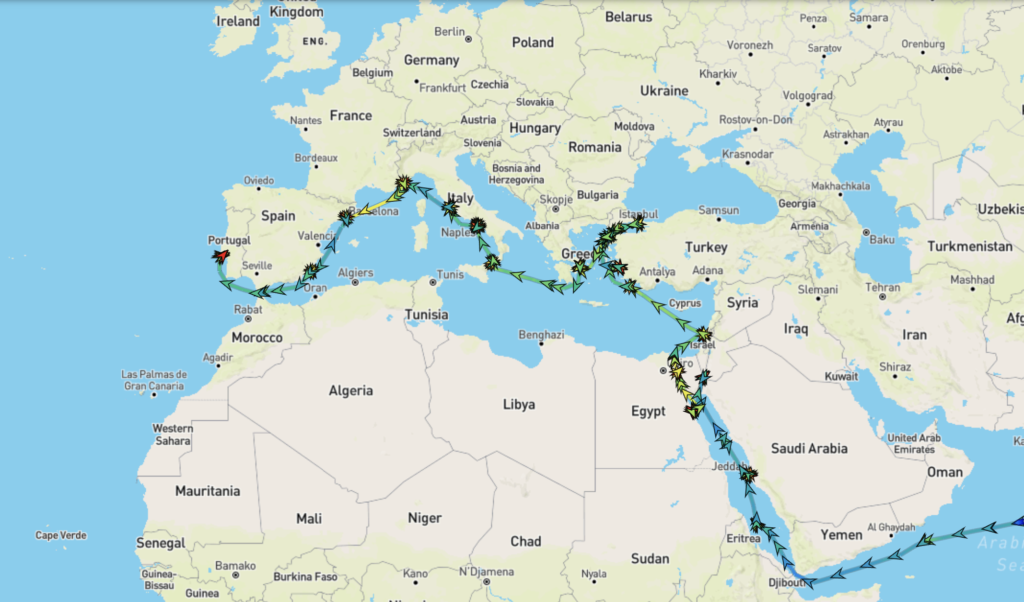
Noon Report:
- Location: N 38° 42.72′, W 009° 07.37′
- Speed: Docked
- Course: Docked
- Weather: Partly Cloudy
- Temperature: 22º C; 71º F
- Wind: WSW 12 knots; 14 mph
We woke up docked in Lisbon.
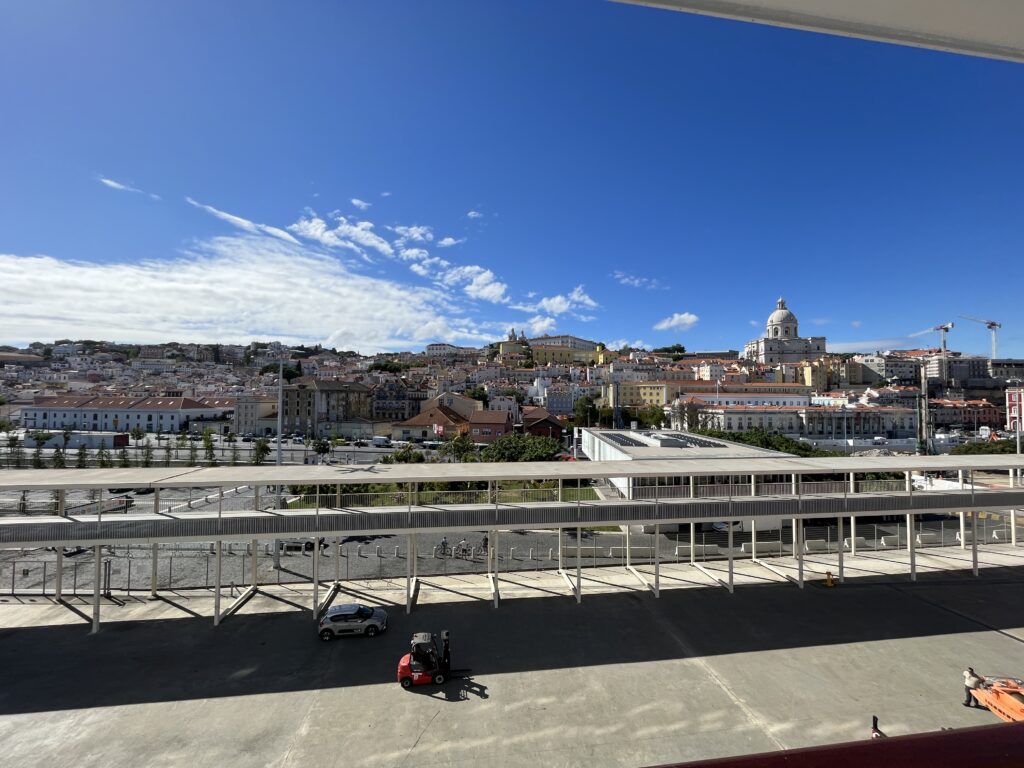
After breakfast we returned to the stateroom where I threw stuff in the day bag for my excursion while Cheryl went back to bed. She’s still fighting bronchitis and beginning to worry about more strenuous excursions later this week and a long flight home next Tuesday.
Which brings up the point-this is the last Wednesday of this adventure. A week from now we’ll be home.
Sigh.
But back to today.
We boarded the bus and headed out, then did a sound check on our QuietVox listening devices.
Experienced Viking travelers will see that this happened in the wrong order. You’re supposed to do the sound check before the bus leaves. That way if there’s a problem it can be fixed, parts replaced, whatever. But there’s never a problem so it shouldn’t matter. Right? Not today. As we’re driving across town our guide Andre is trying to get his set to work. Without any luck.
Grrrrr.
Eventually he gave up and began to do his guide thing. (Jump ahead to tonight – we returned to our stateroom after BBB to find a note that they are giving us a partial refund on the cost of the excursion. Thank you Viking for listening and for caring.)
Our first stop was Palace of Queluz – originally the summer home of Pedro of Braganza (later King Pedro III) and his wife/niece Queen Maria 1. Eventually it was enlarged and became their permanent residence.
Funded by newly found Brazilian gold, the palace is one of the last great Rococo buildings to be designed in Europe. It served as the royal residence until the royal family fled to Brazil in 1807 following the French invasion of Portugal.
We toured a series of rooms in both the original and expansion sections as well as the formal gardens.
Back on the bus we moved to the medieval town of Sintra. A population center since the early stone age, this town grew to prominence during the period of Roman occupation. The Moors built a hilltop fortress above the town. Following the Spanish Reconquista the area was governed by Leon and Castile and the castle was taken by Count Henry of Portugal. The town was chartered in 1154, and with the construction of the Sintra Palace in the early 15th century, the town became a signifiant seat of Portuguese rulers from the 15th to the 19th centuries. Sintra’s proximity to Lisbon and a thriving business in tourist-level commerce make it a popular stop for busloads of tourists.
We were given an hour to peruse the old town around the castle before re-boarding the bus for a scenic coastal drive.
The “Scenic Coastal Drive” consisted of a pass thru the coastal town of Cascais.
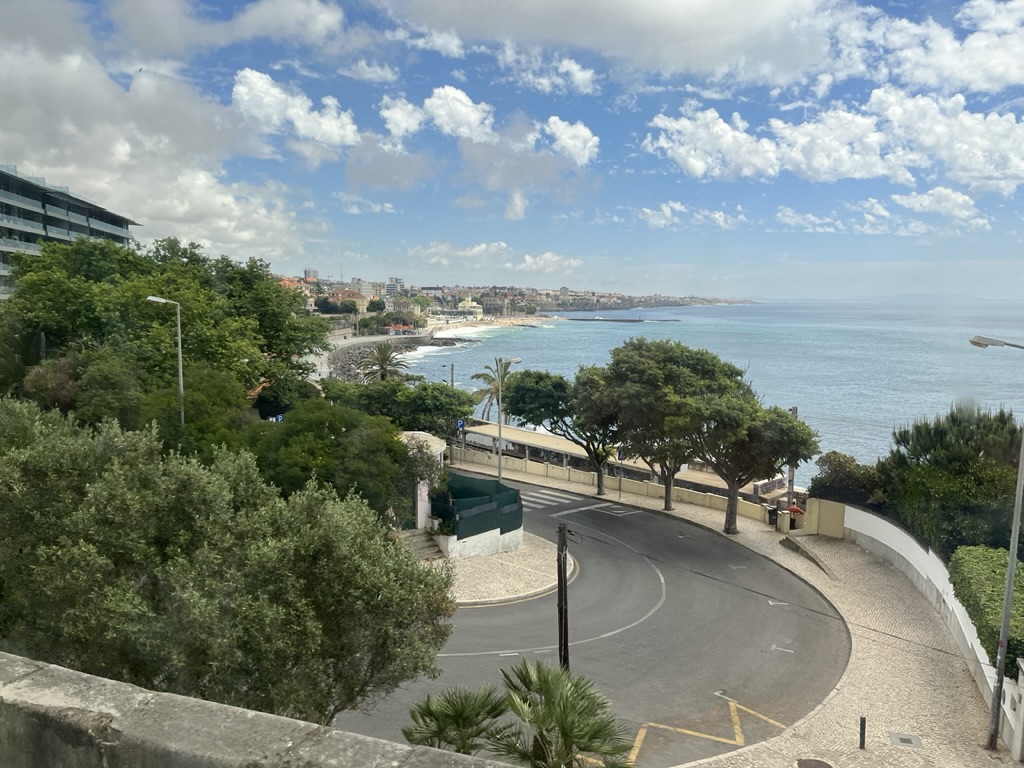
Then it was back to the ship. Before boarding I stopped at a little store to pick up a generous supply of throat lozenges. Hopefully more than Cheryl will need – but we’ve got plenty just in case.
Back on board about 3 pm, I found Cheryl reading and she accompanied me up to the pool grill where my late lunch was one of their great guacamole burgers. (She had already eaten at noon-so she just had tea.) Then it was back to the room for some reading/blogging. About 4:00 she was feeling a bit peckish, so it was back upstairs for afternoon tea.
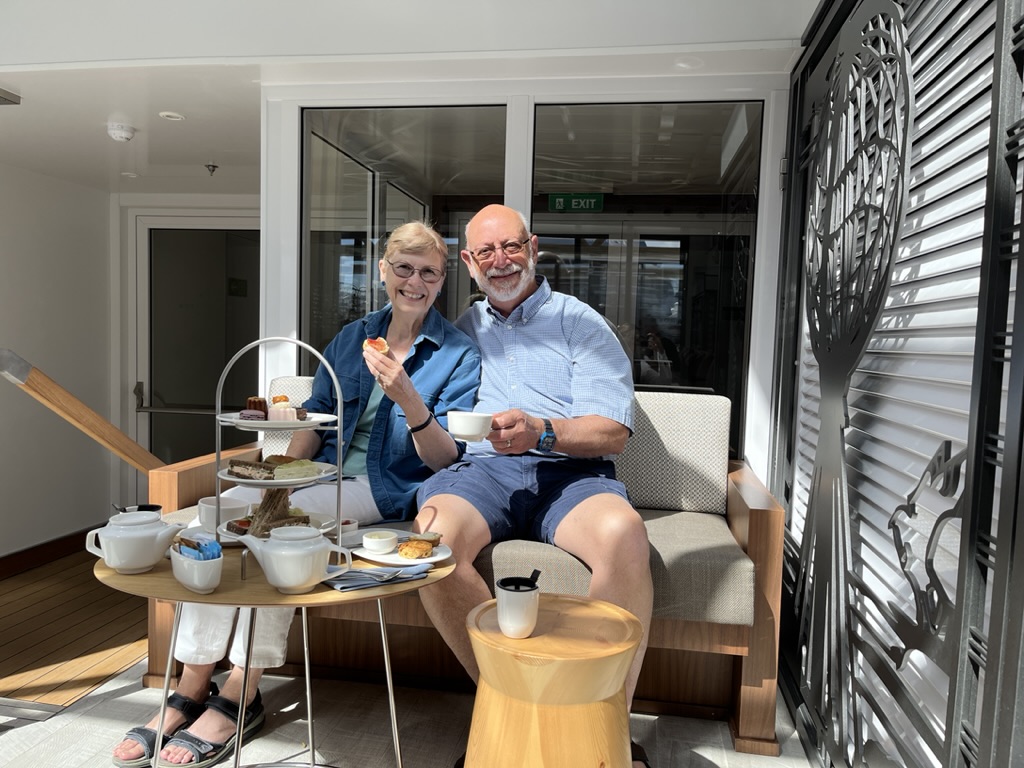
While we were at tea we missed the start of the 4:30 lecture: “Joining the Pantheon of World Travelers” but we weren’t that interested in it anyway.
Back at the room we saw the video of the “Dover Port Talk” then watched over our balcony as the passengers from the last excursion hurried aboard (late) just before they removed the gangway and we left the port.
On our way out of the bay, we were passing by the famous Monument to the Discoveries (on the starboard side) so we headed up to Explorer’s Lounge to photograph its passing. On our way we saw a couple of other interesting landmarks including the “Sanctuary of Christ the King” and the “Belem Tower”.
The Sanctuary of Christ the King was erected in 1959 and inspired by the Christ the Redeemer statue of Rio de Janeiro, in Brazil. The giant statue was erected to express gratitude as Portugal was spared the direct destructive effects of World War II.
The Belem Tower dates to the 16th century and was originally built as a fort protecting Lisbon from incoming raids along the Tagus River. It marked the beginning of voyages for the sailors as well as their last sight of land.
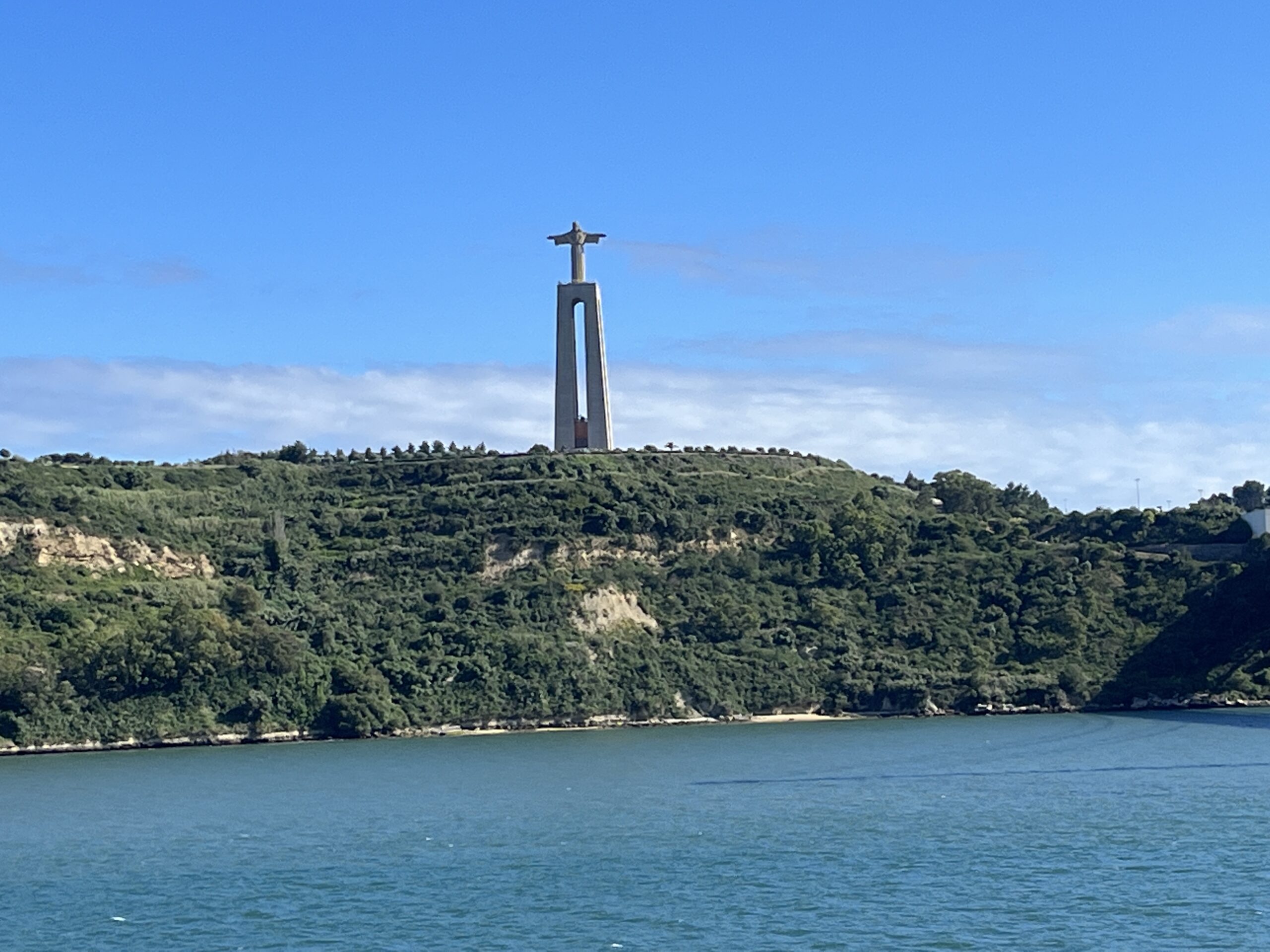
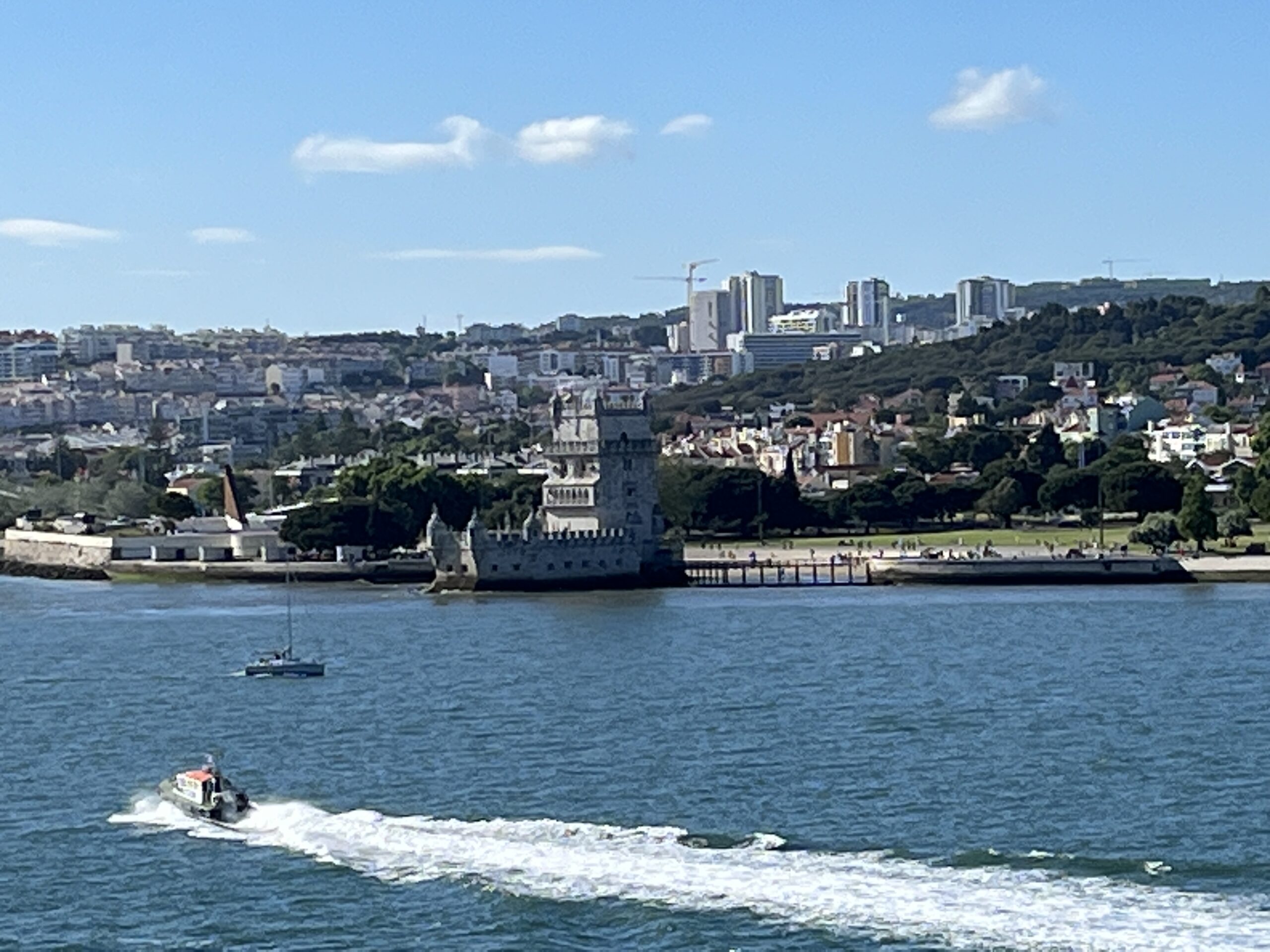
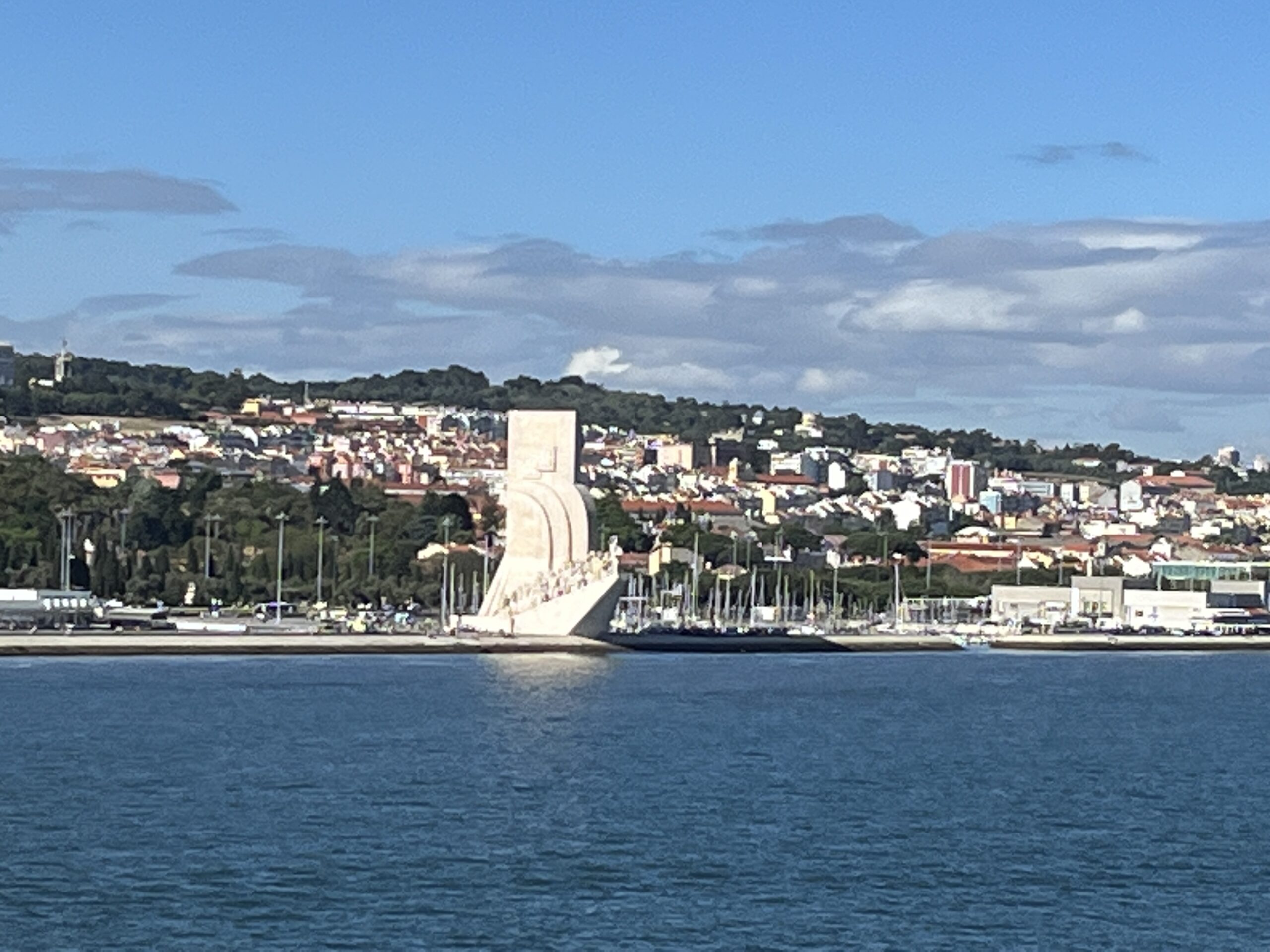
We also skipped the 6:30 lecture about D-day, grabbed a quick supper then off to “Bruce’s Brain Busters”. BBB score tonight was 12/21 – not in the running but at least over 50%. (Q: In the movie, The Wizard of Oz, what were the names of the 3 farm hands that turned into the Scarecrow, the Tin Man, and the Lion? A: Hunk, Hickory, and Zeke)
Then it was time to rest our weary bones.
R
Cheryl’s Factoids:
The Sanctuary of Christ the King was erected in 1959 and inspired by the Christ the Redeemer statue of Rio de Janeiro, in Brazil. The giant statue was erected to express gratitude as Portugal was spared the direct destructive effects of World War II.
The Belem Tower dates to the 16th century and was originally built as a fort protecting Lisbon from incoming raids along the Tagus River. It marked the beginning of voyages for the sailors as well as their last sight of land.
The Monument to the Discoveries is made up of a group of sculptures rising up the prow of a Portuguese caravel. Leading the ship is Prince Henry the Navigator and behind him are many other great Portuguese discoverers which include Vasco da Gama (found the route around Africa to India to start up the marine version of “the silk/spice road”) and Magellan (in 1519 he set out to discover a western sea route to the Spice Islands, discovered the Strait of Magellan, and became the first European to cross the Pacific Ocean. Although after Magellan’s death the voyage was completed by his navigator, this was the first global circumnavigation). Prince Henry the Navigator is on the top. Henry helped develop the caravel (the caravel’s chief excellence lay in its capacity for sailing to windward) and sent out expeditions to find new trade routes. Henry’s expeditions began the process of European colonization (and the transatlantic slave trade). On the pavement, just in front of the monument, you will find the Mappa Mundi, a giant marble map of the world and important dates in history on the monument.
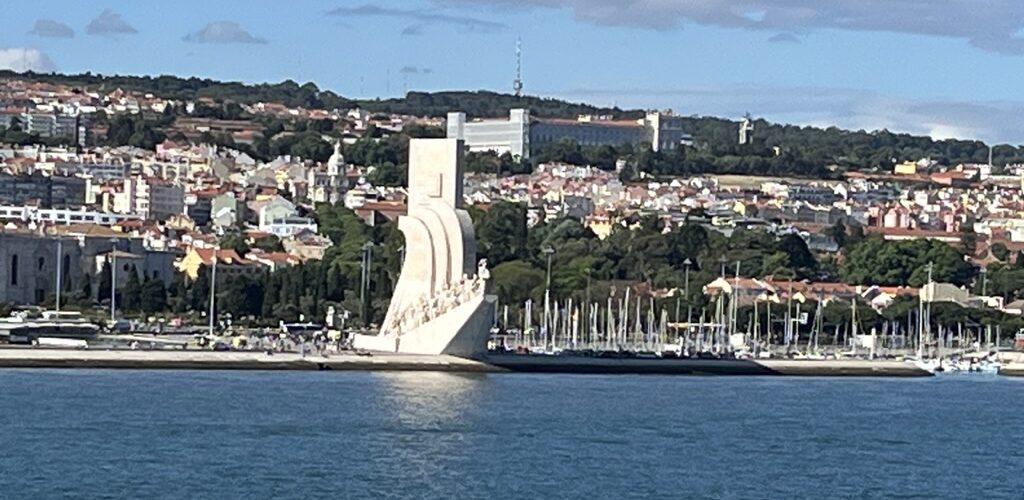
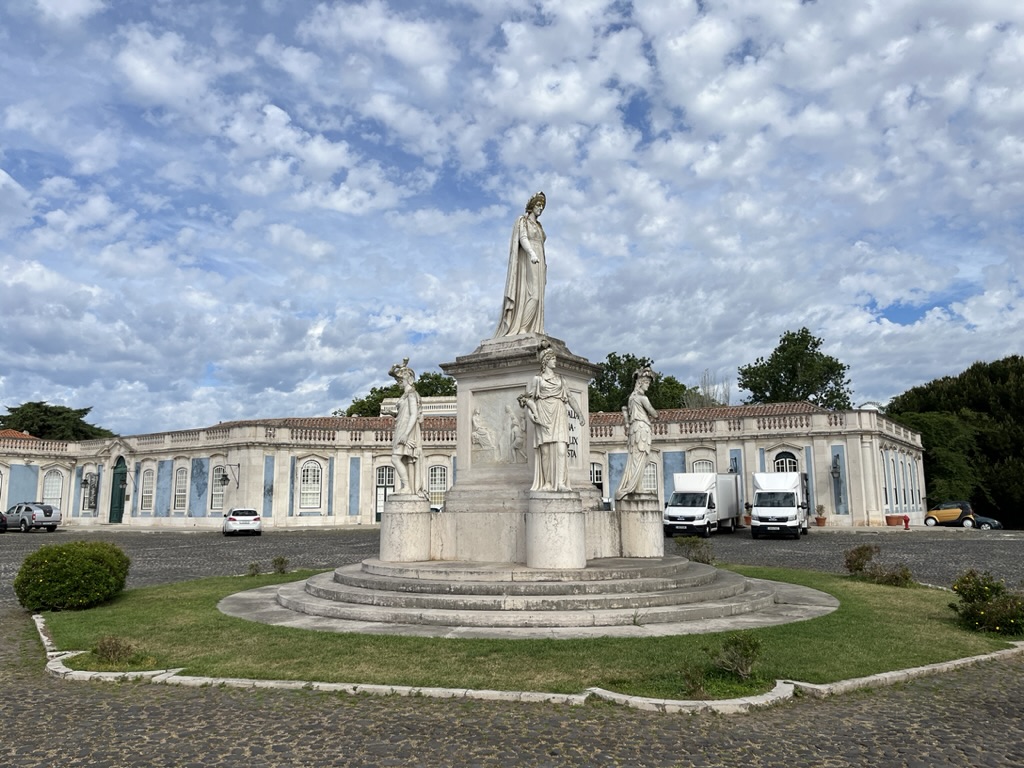
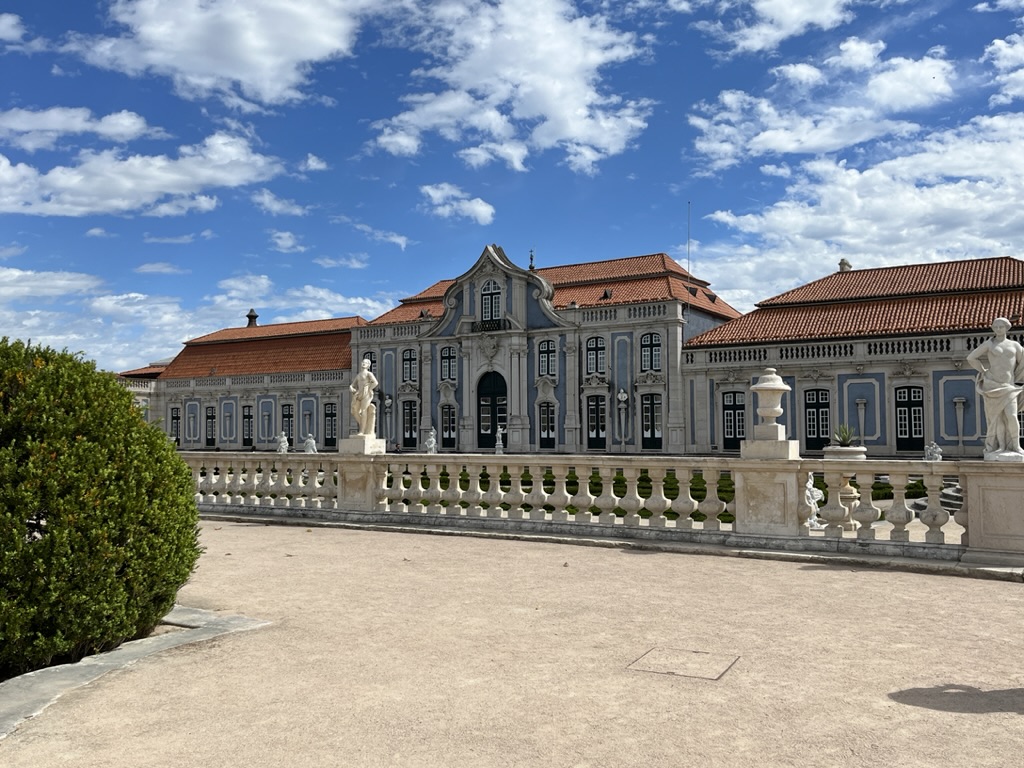
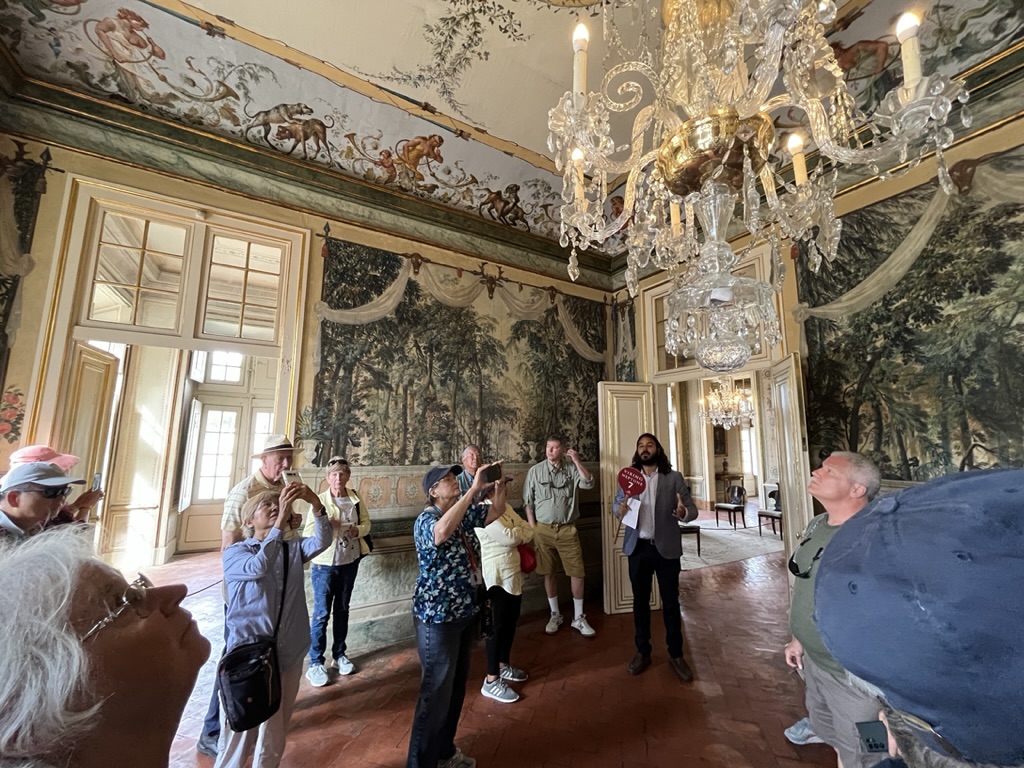
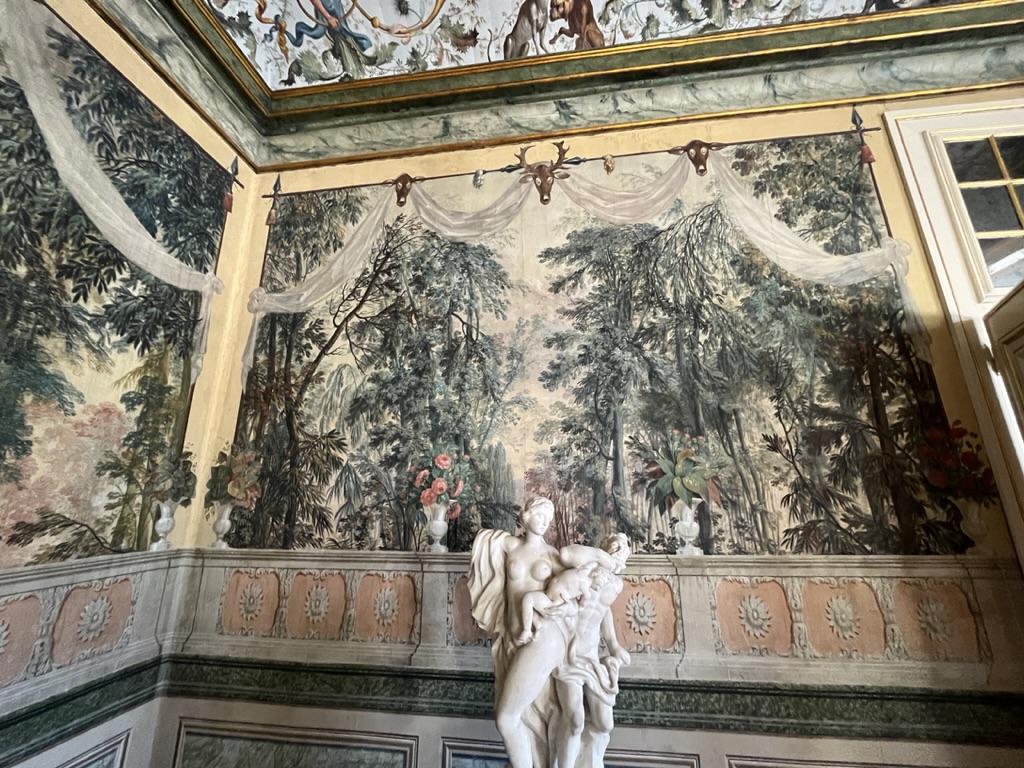
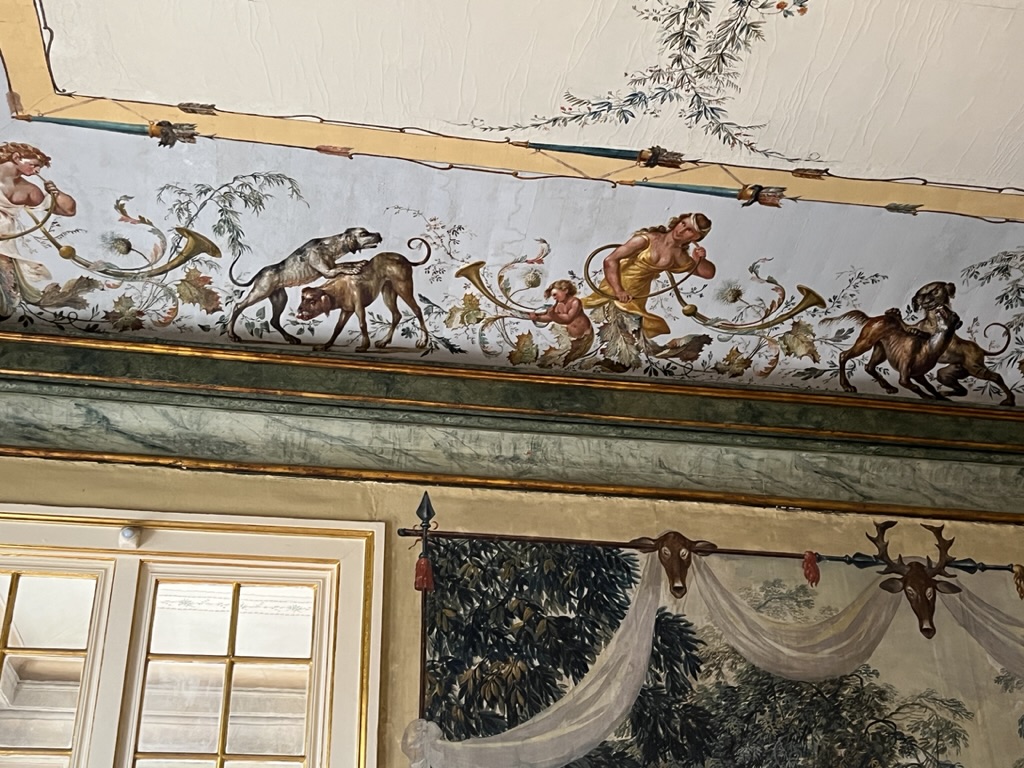
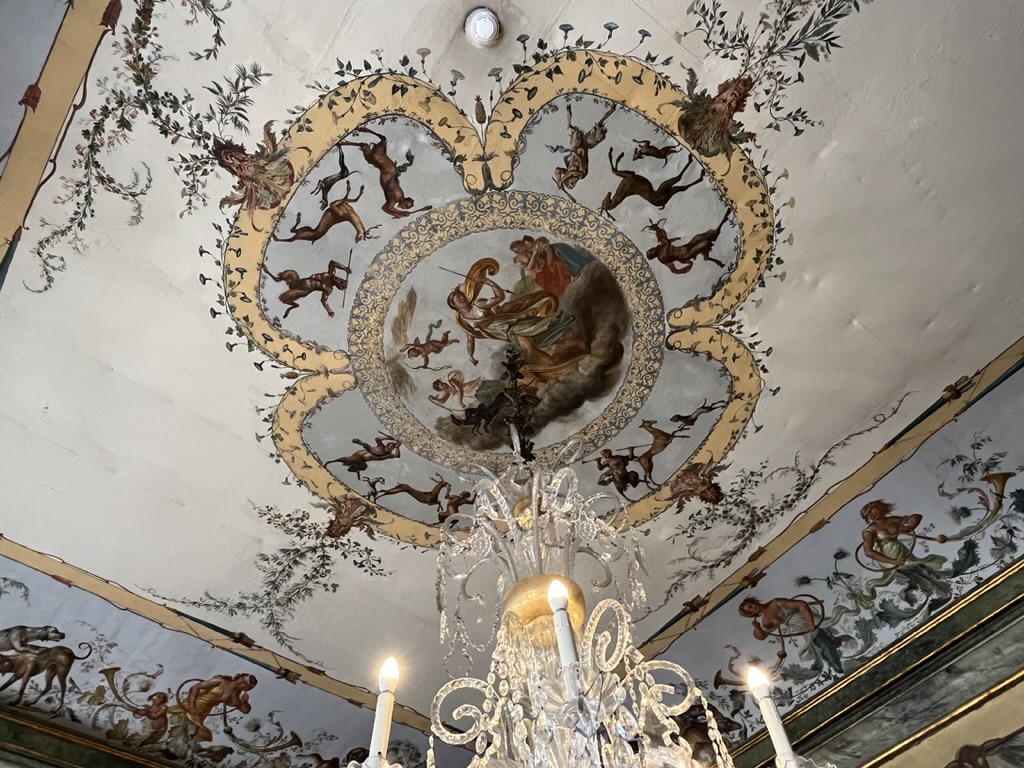
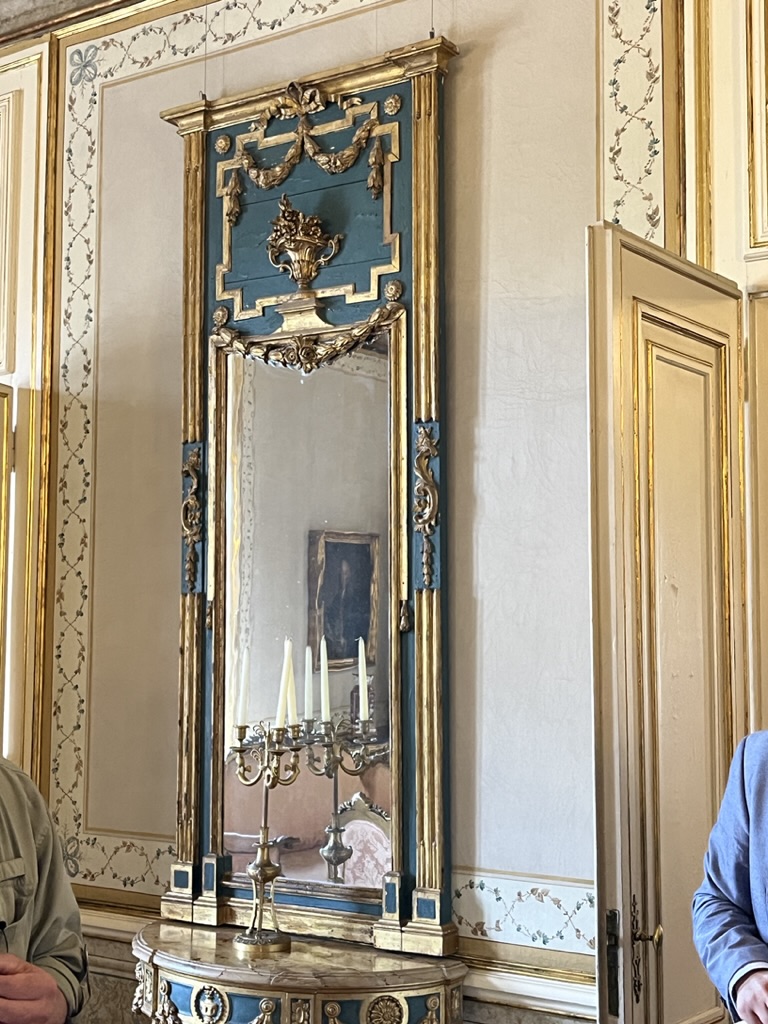
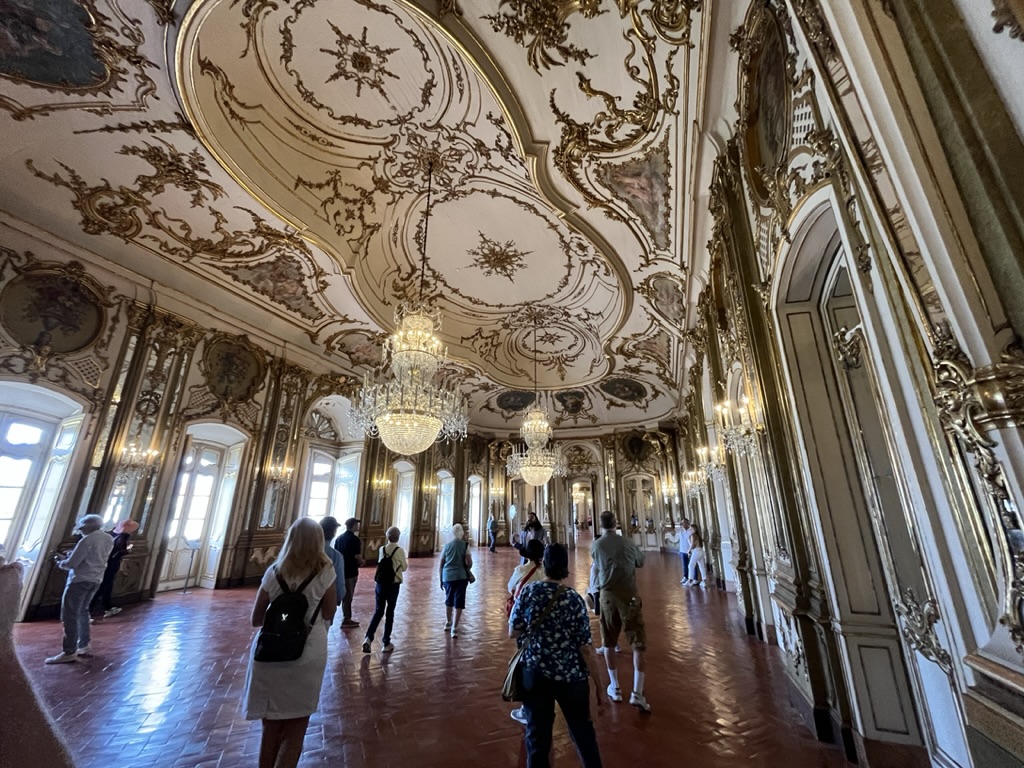
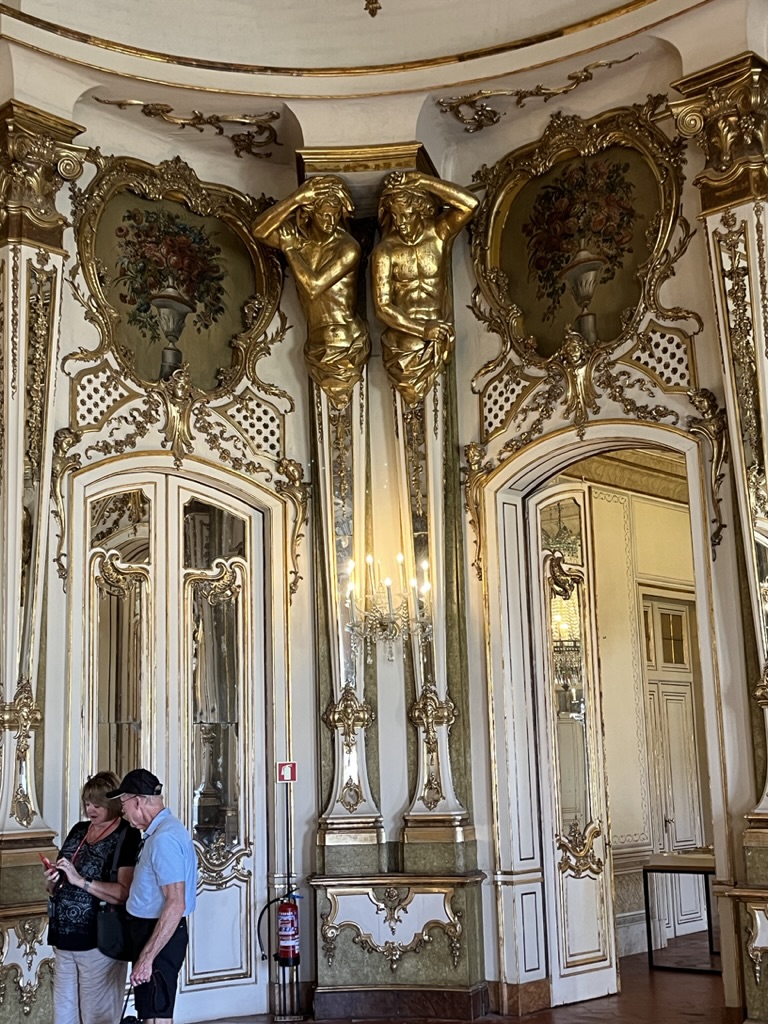
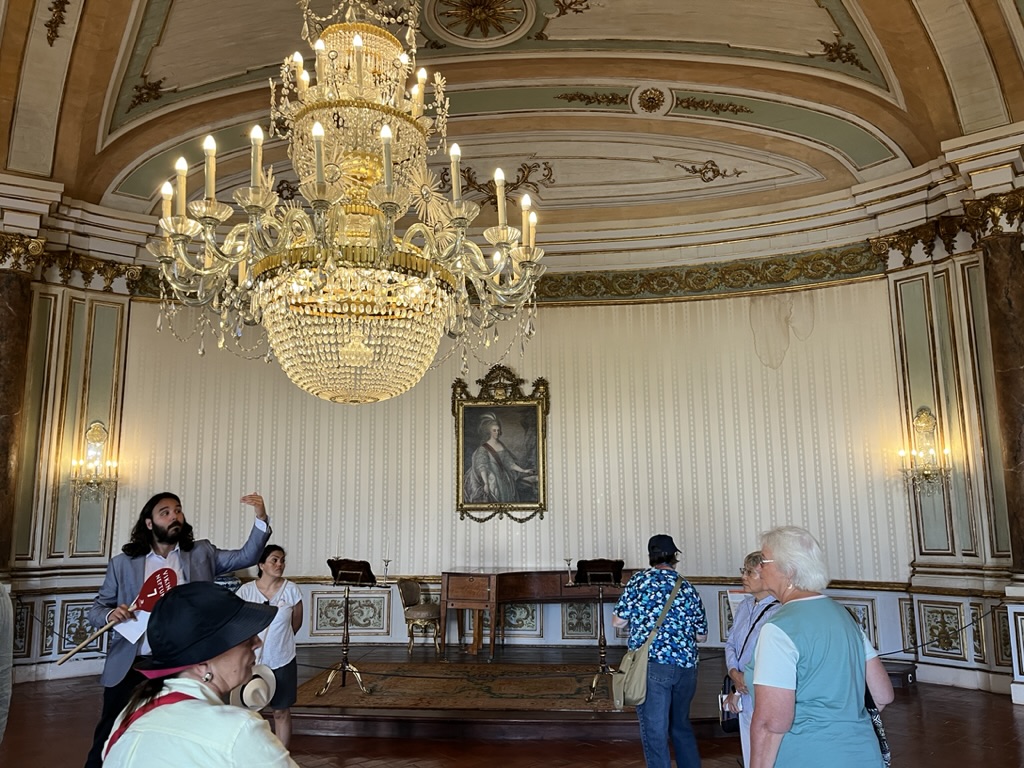
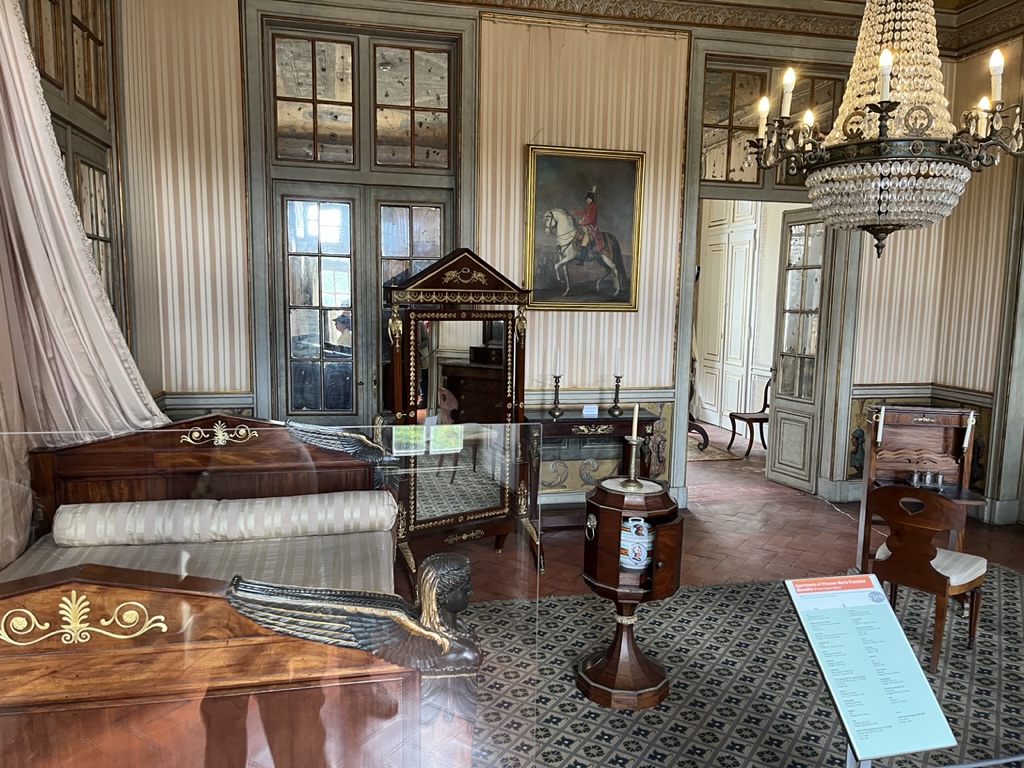
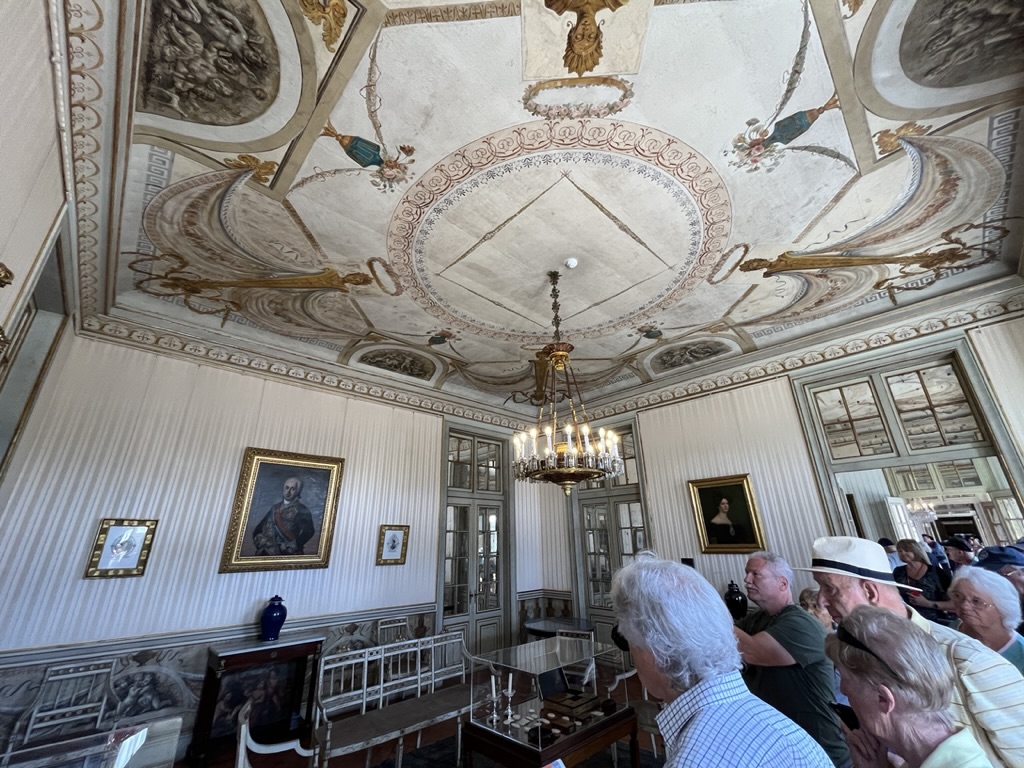
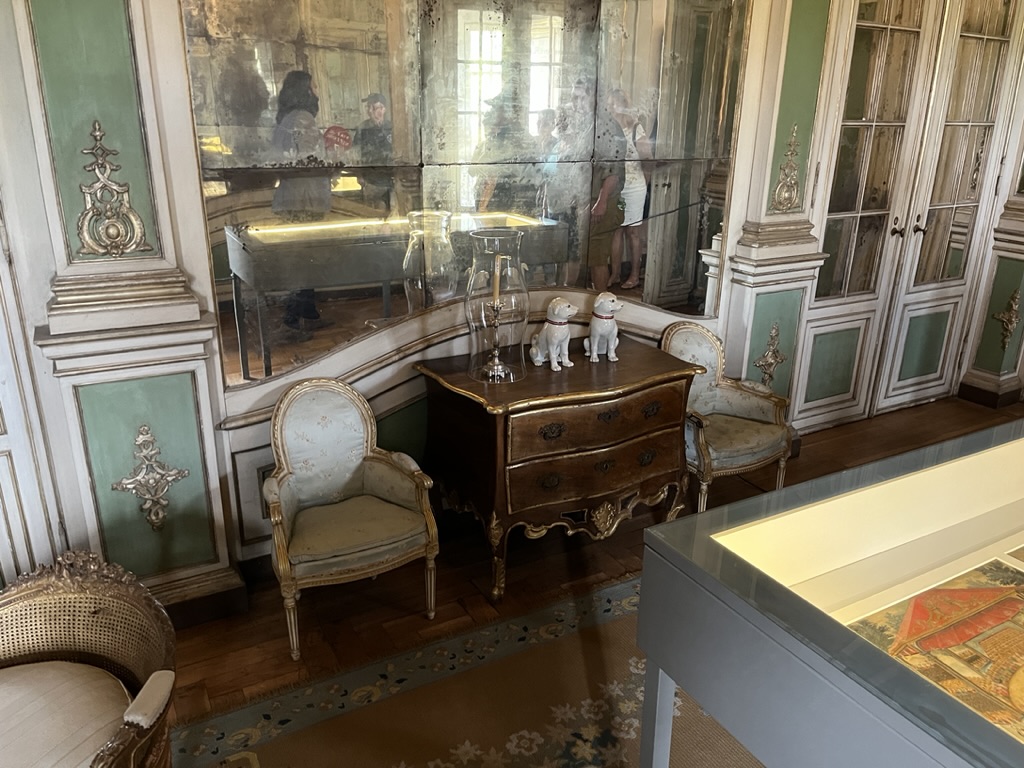
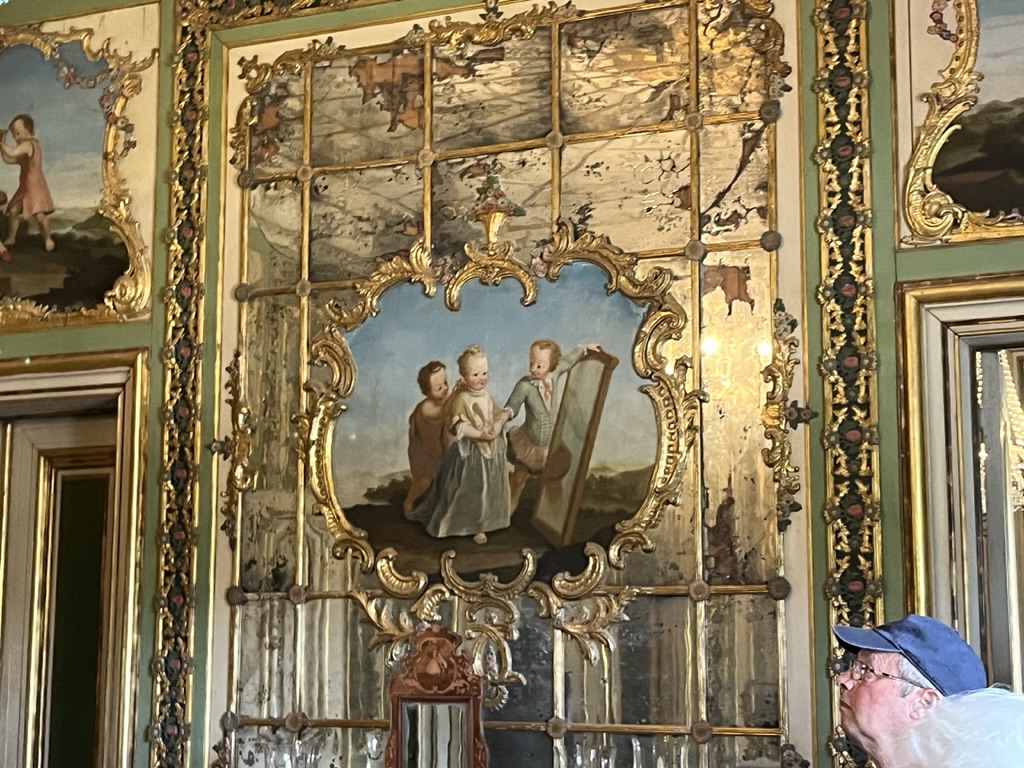
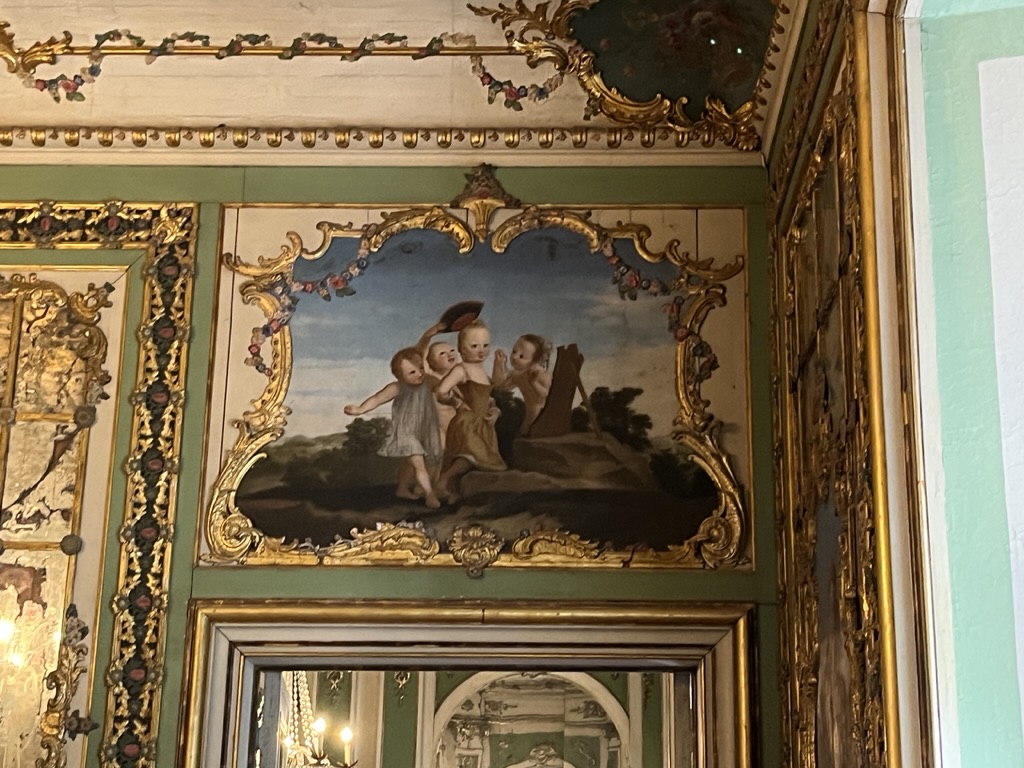
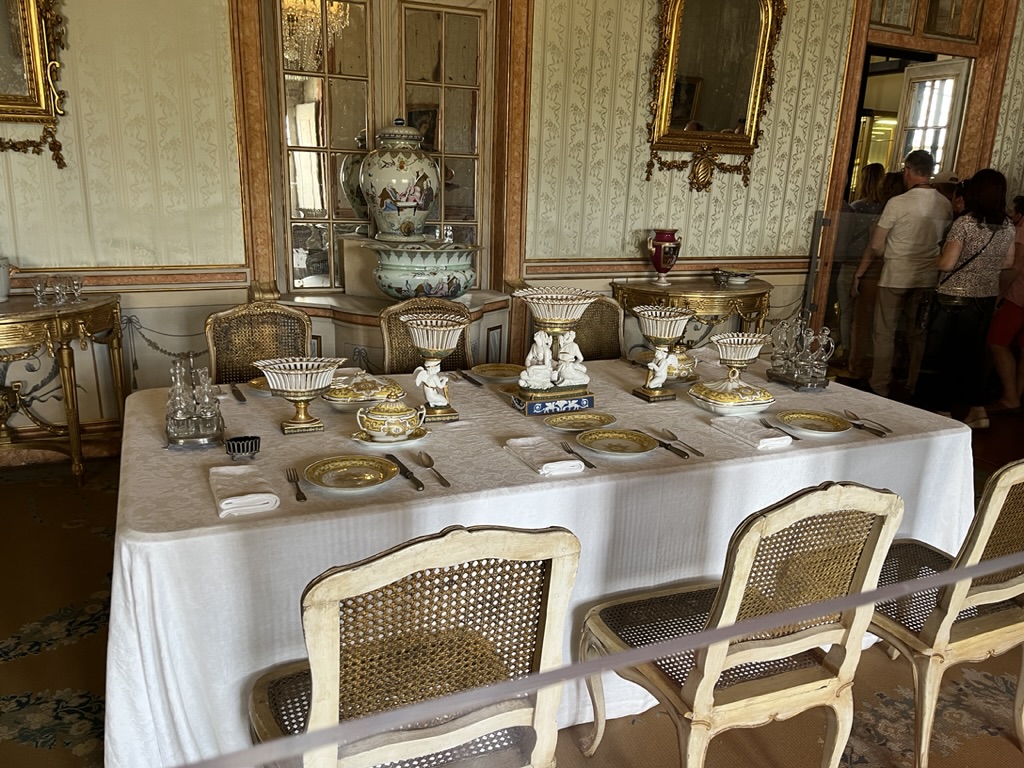
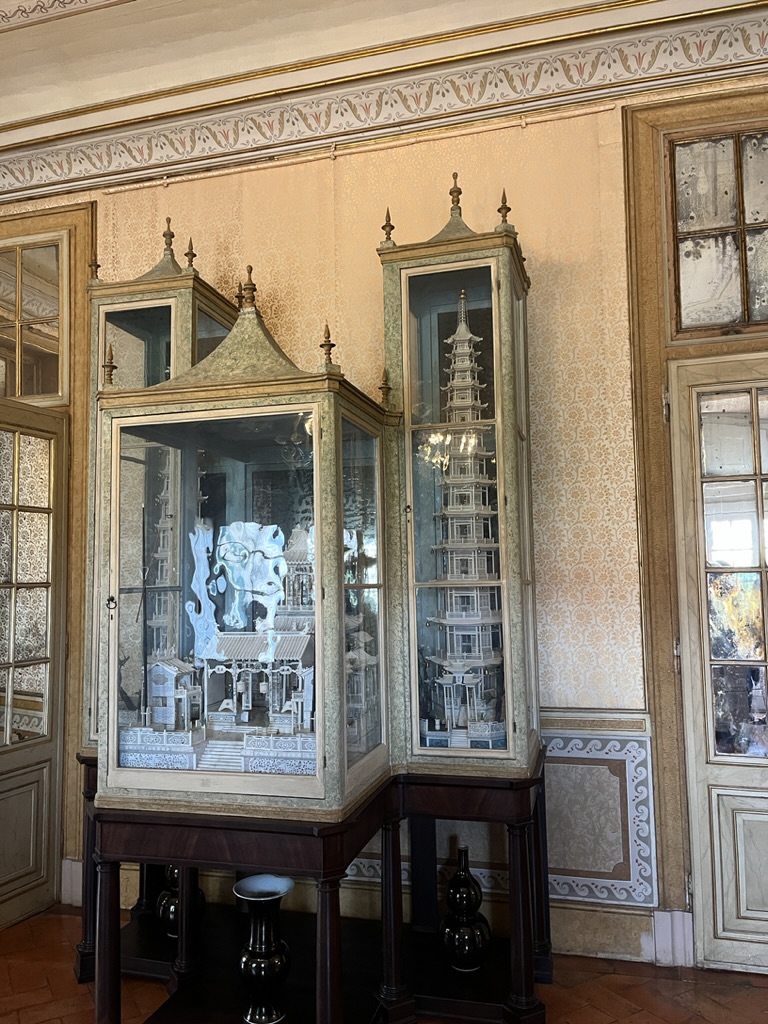
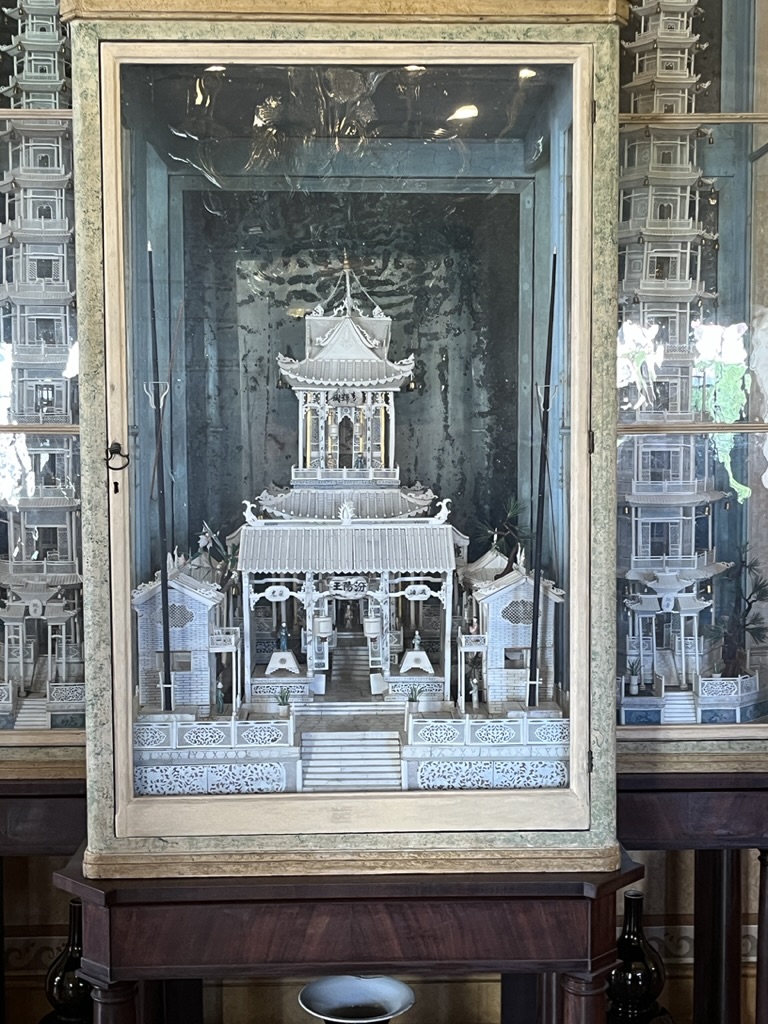
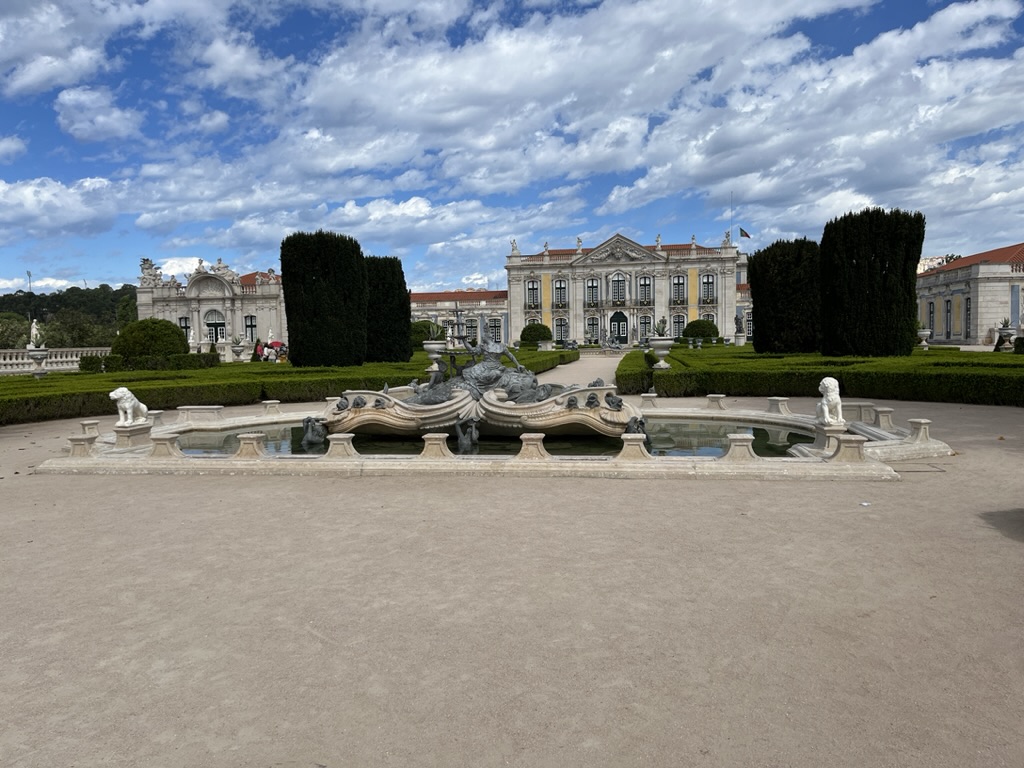
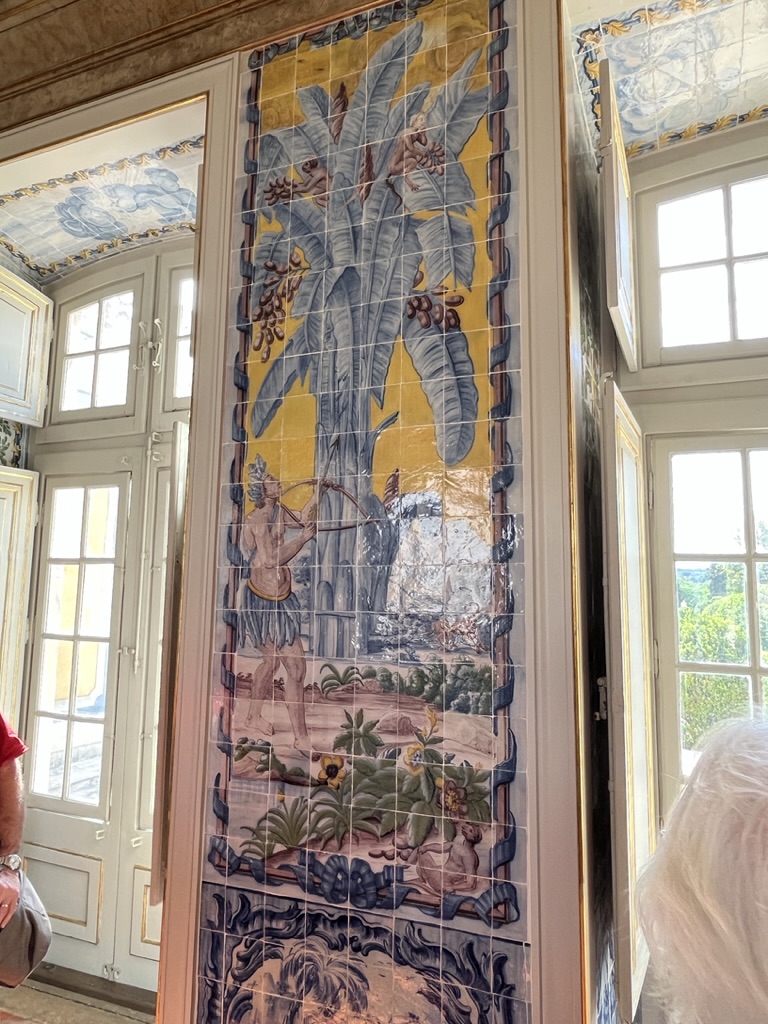
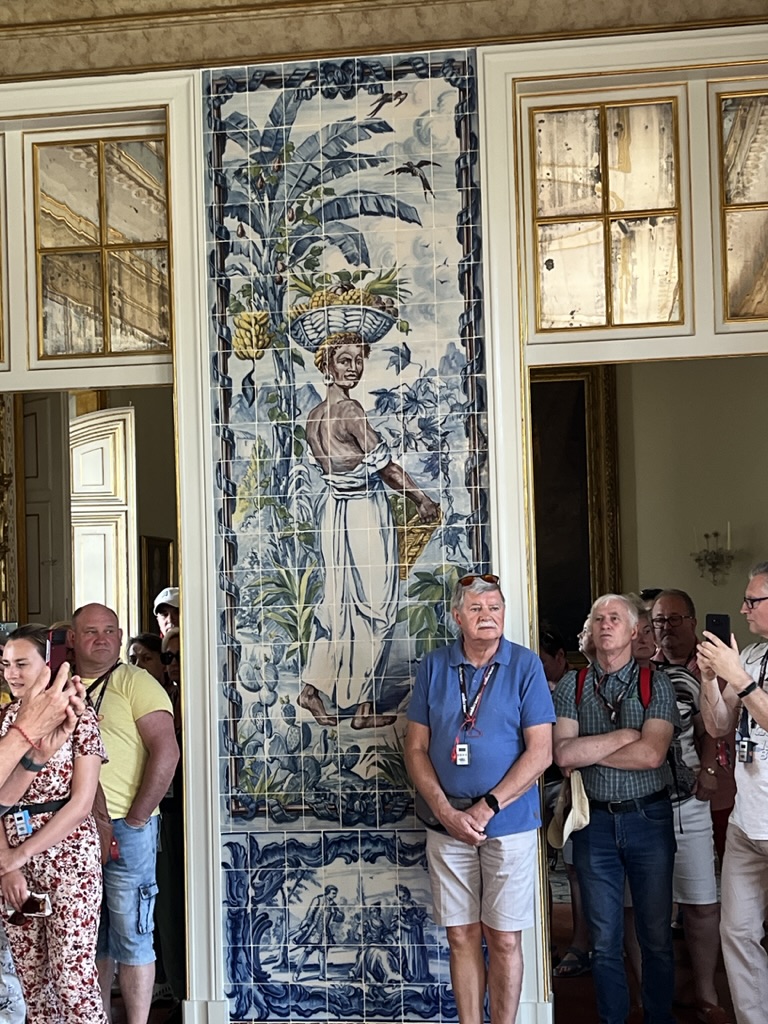
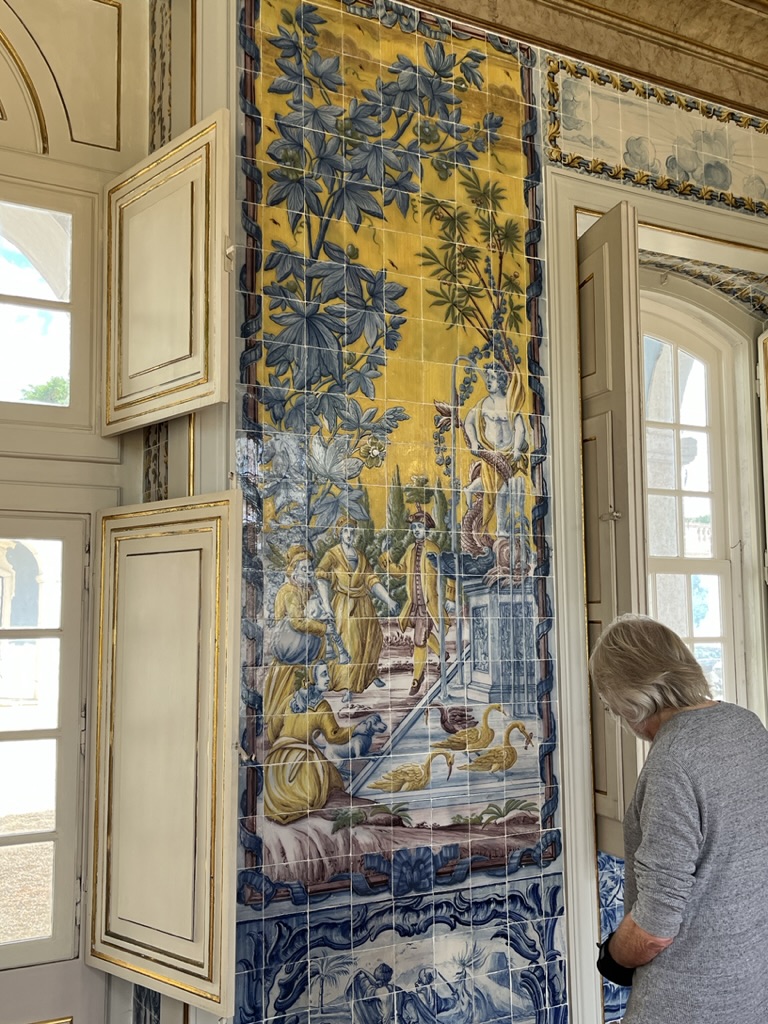
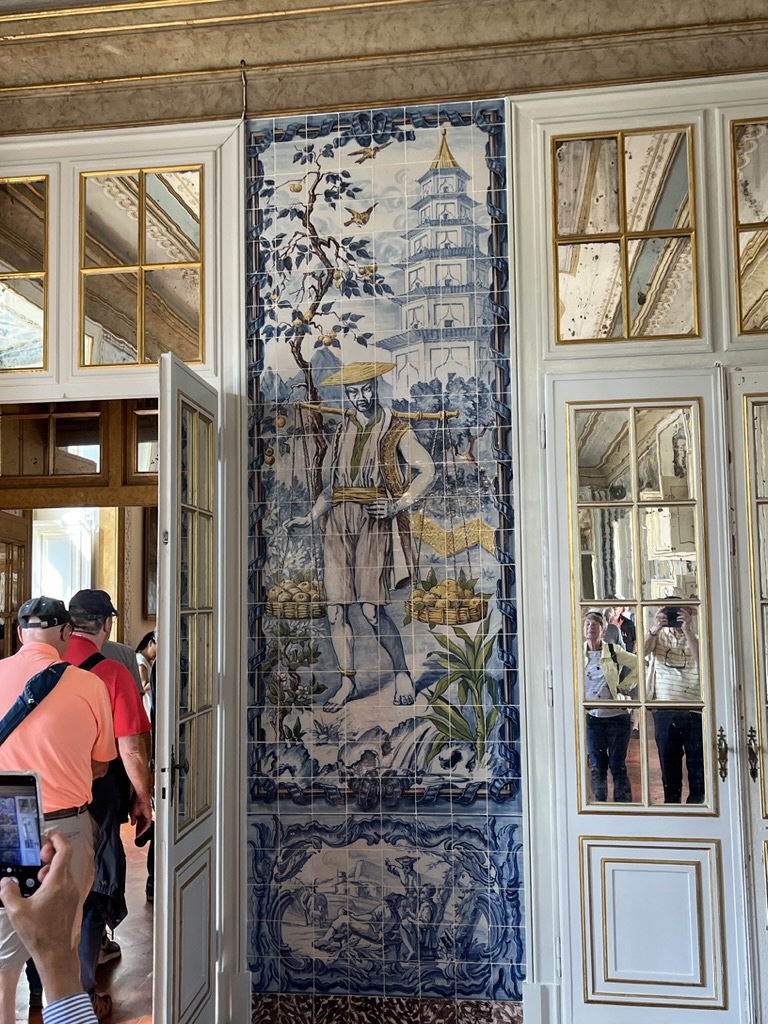
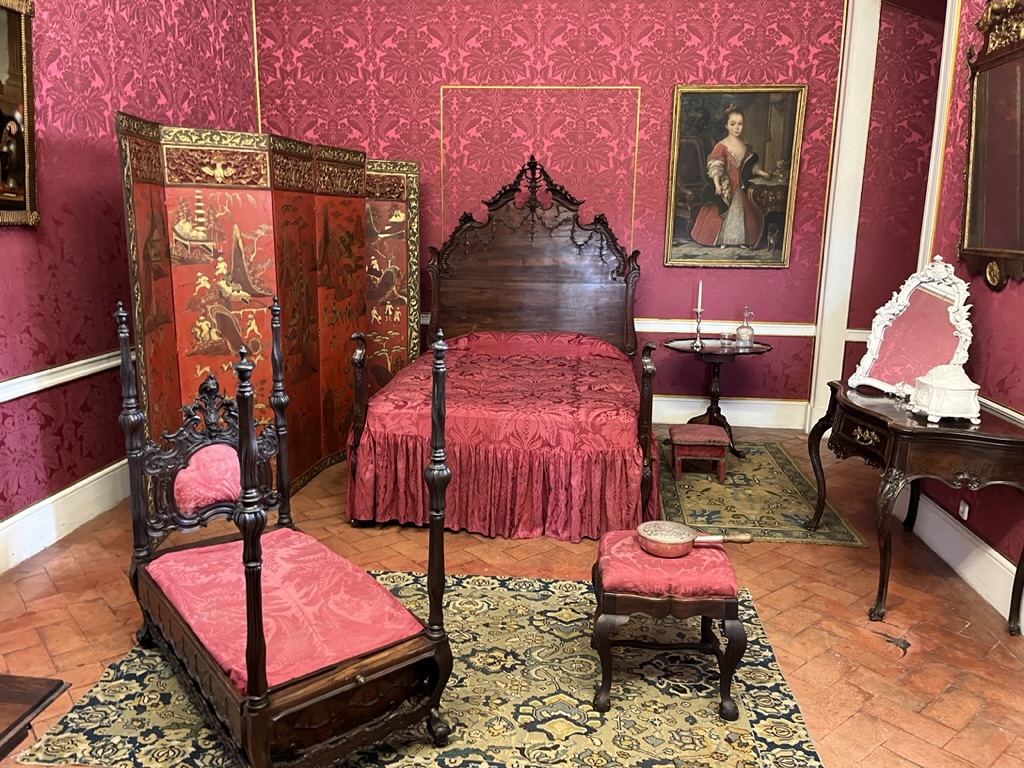
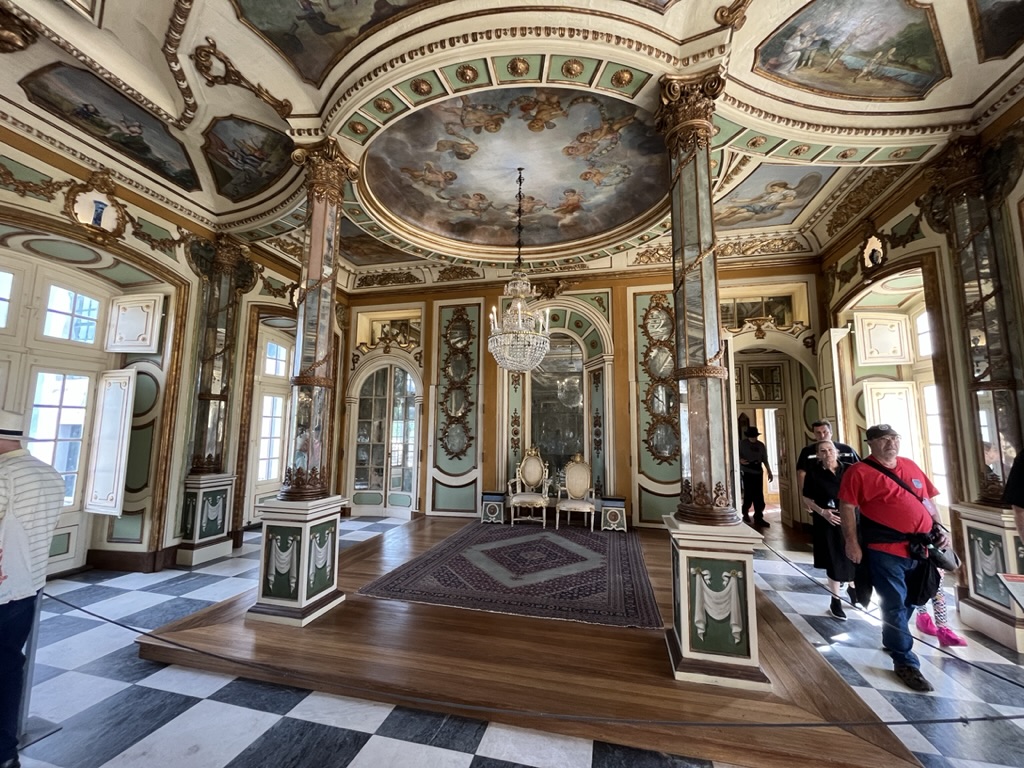
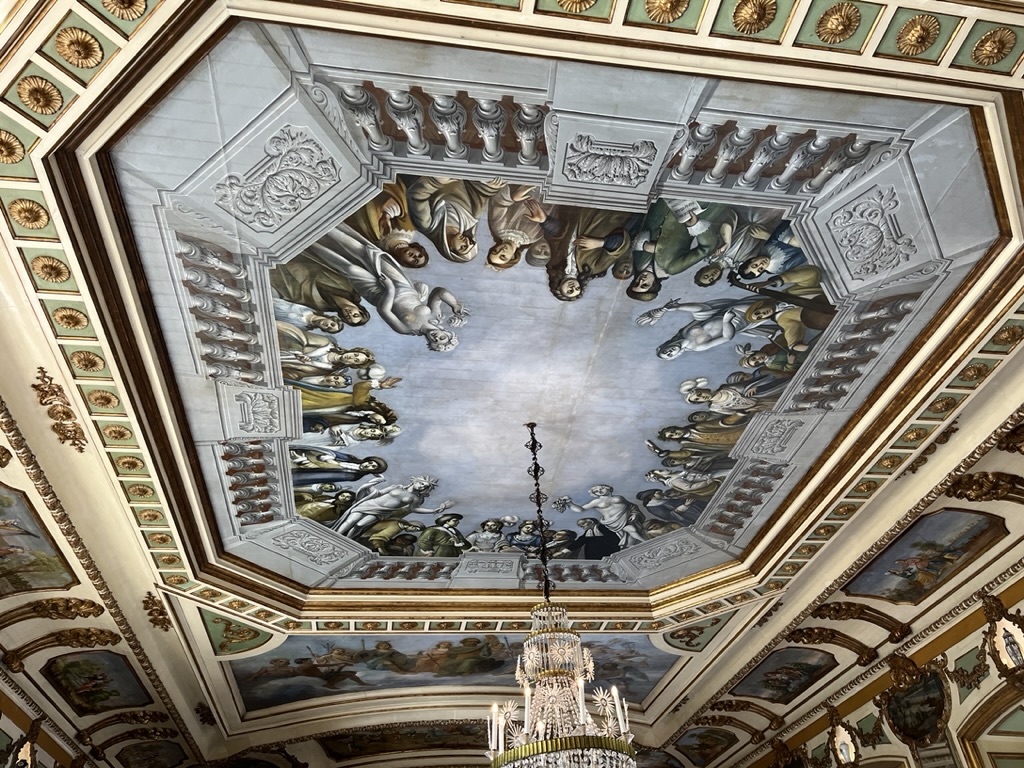
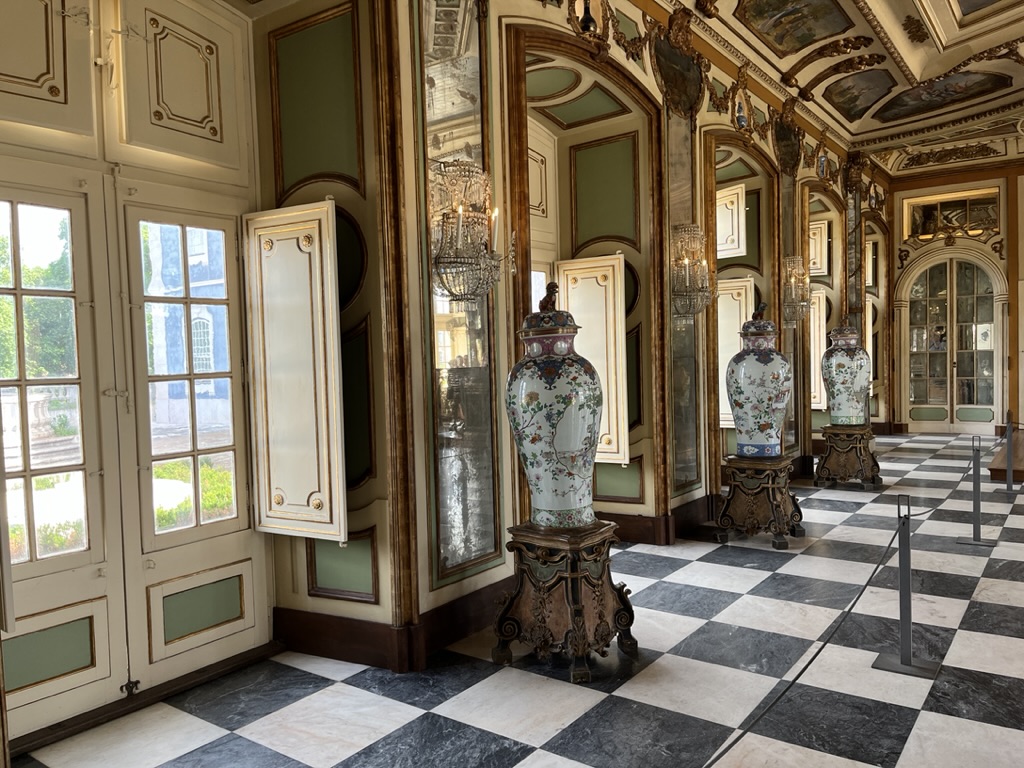
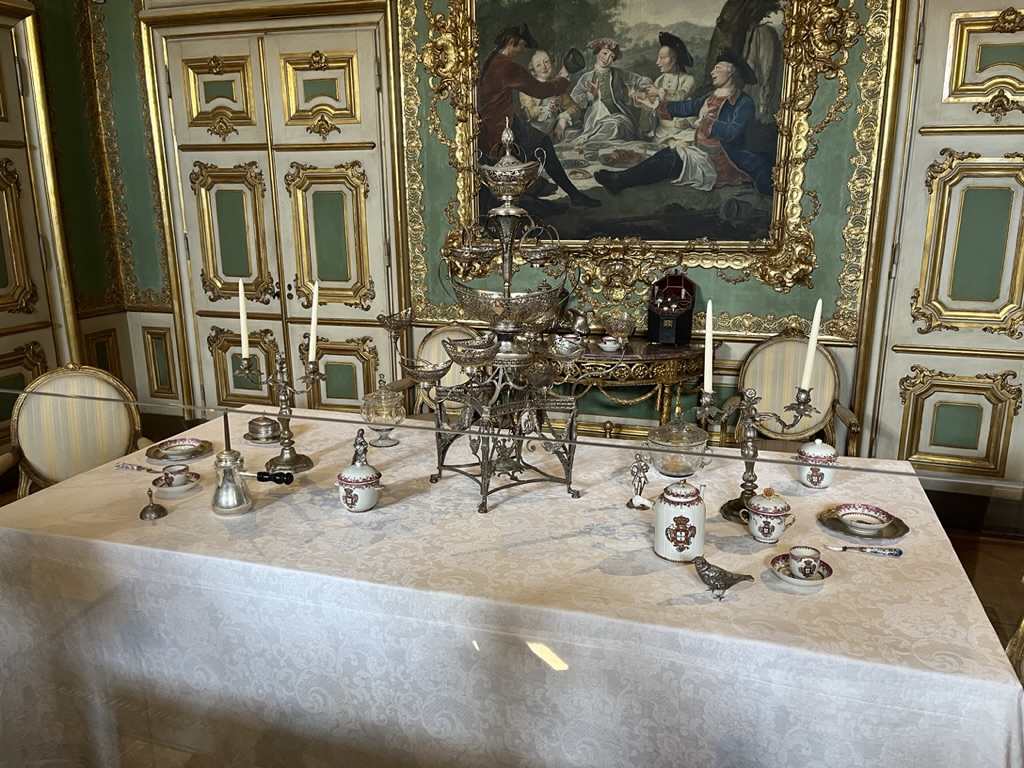
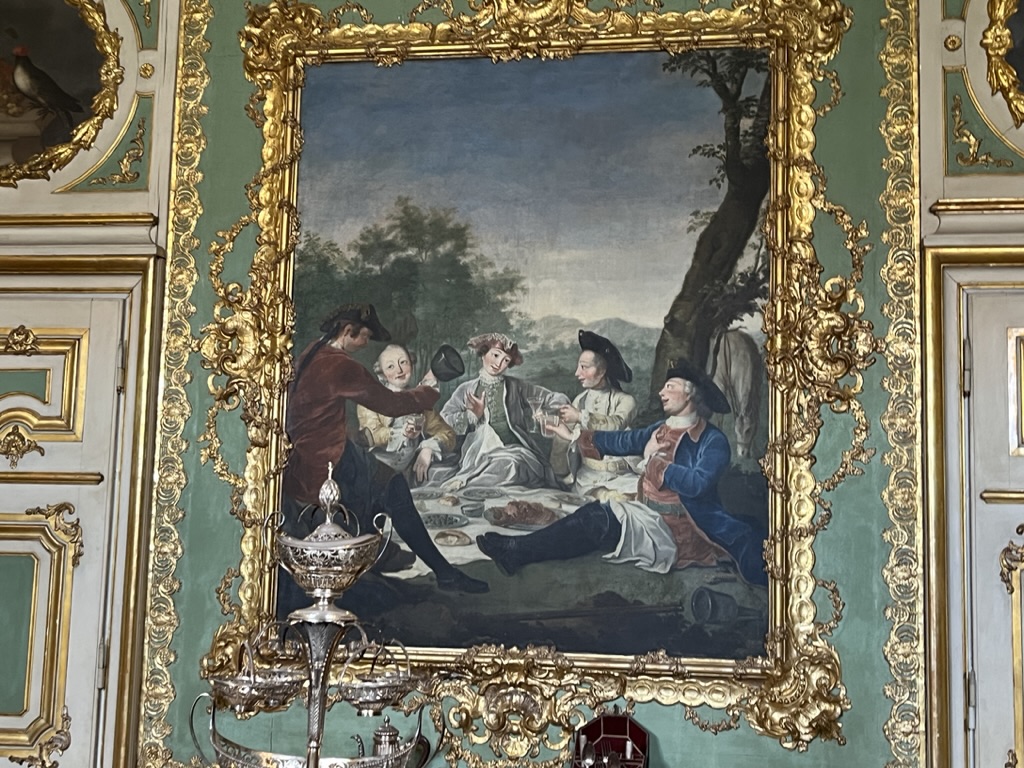
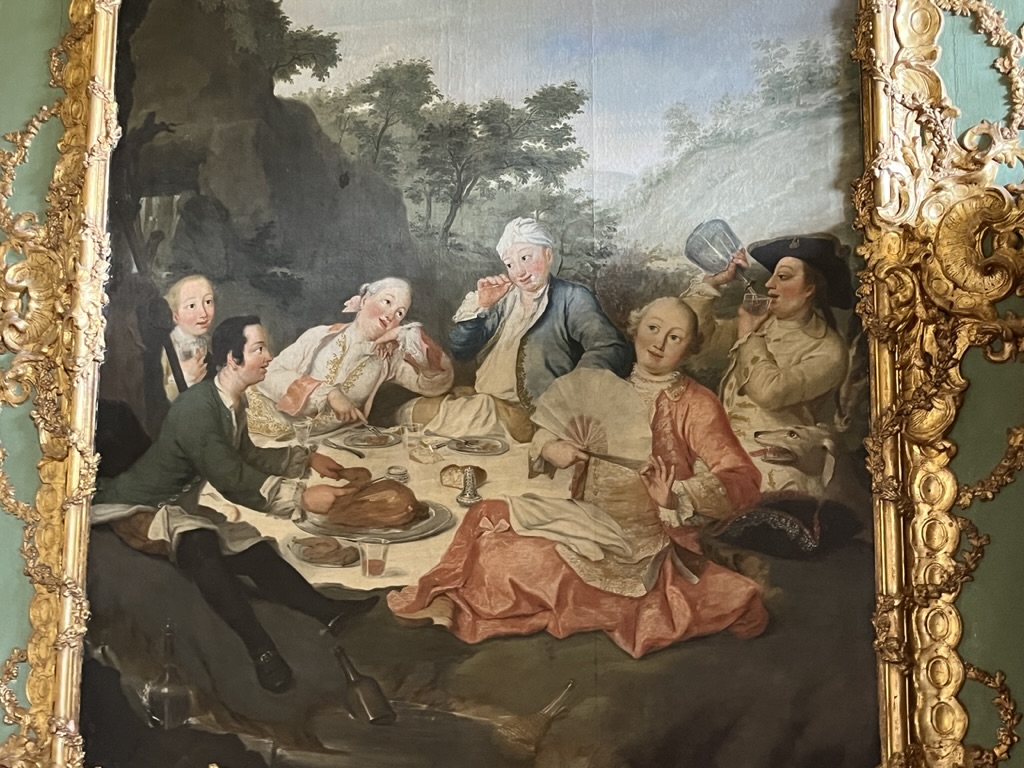
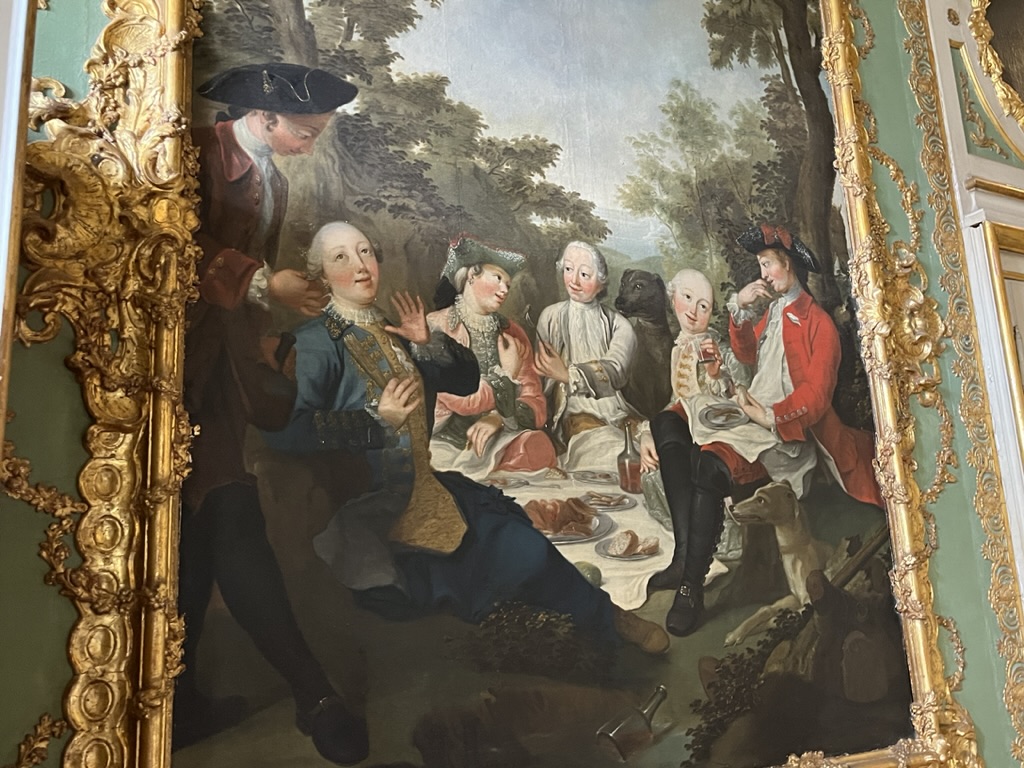
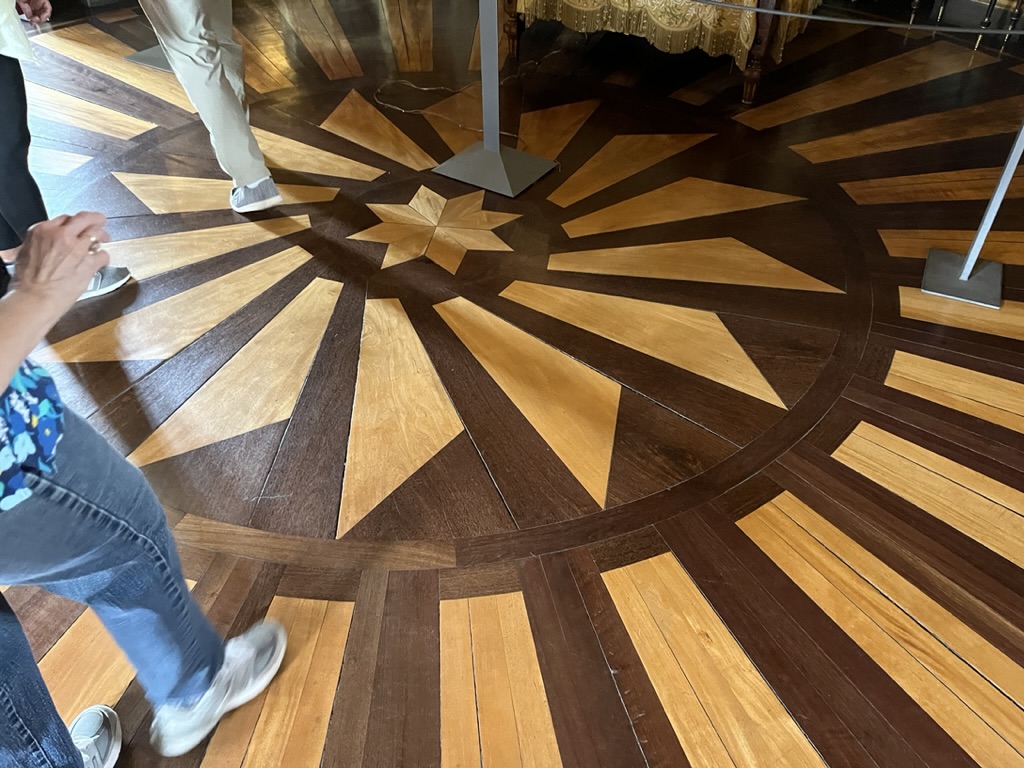
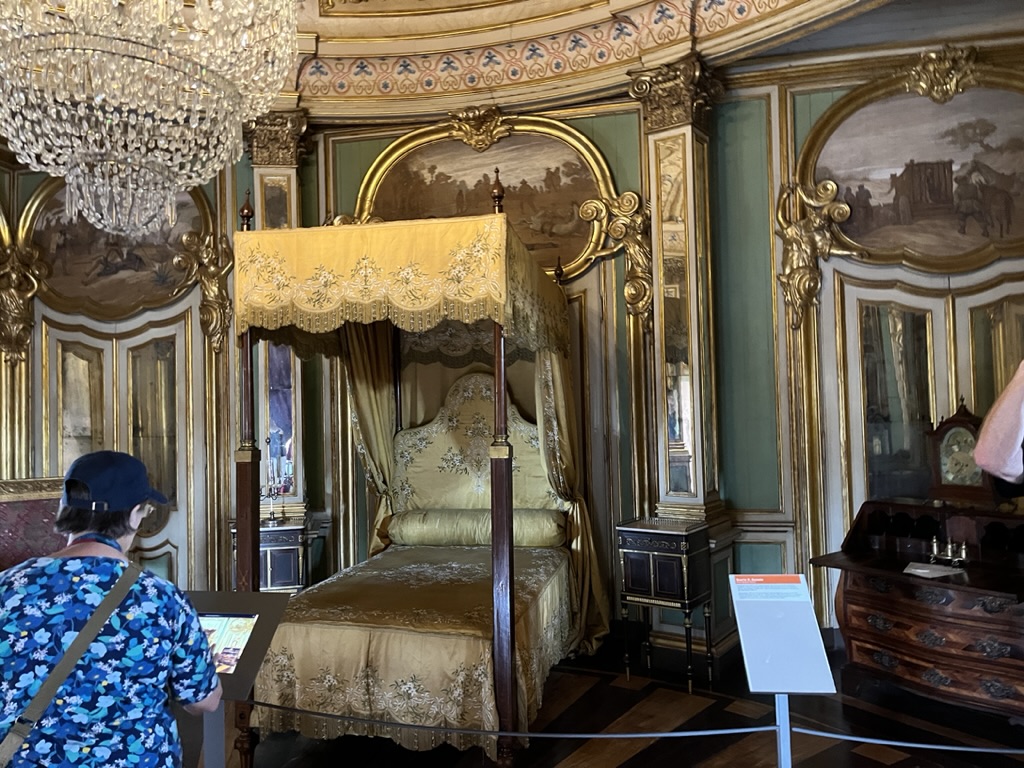
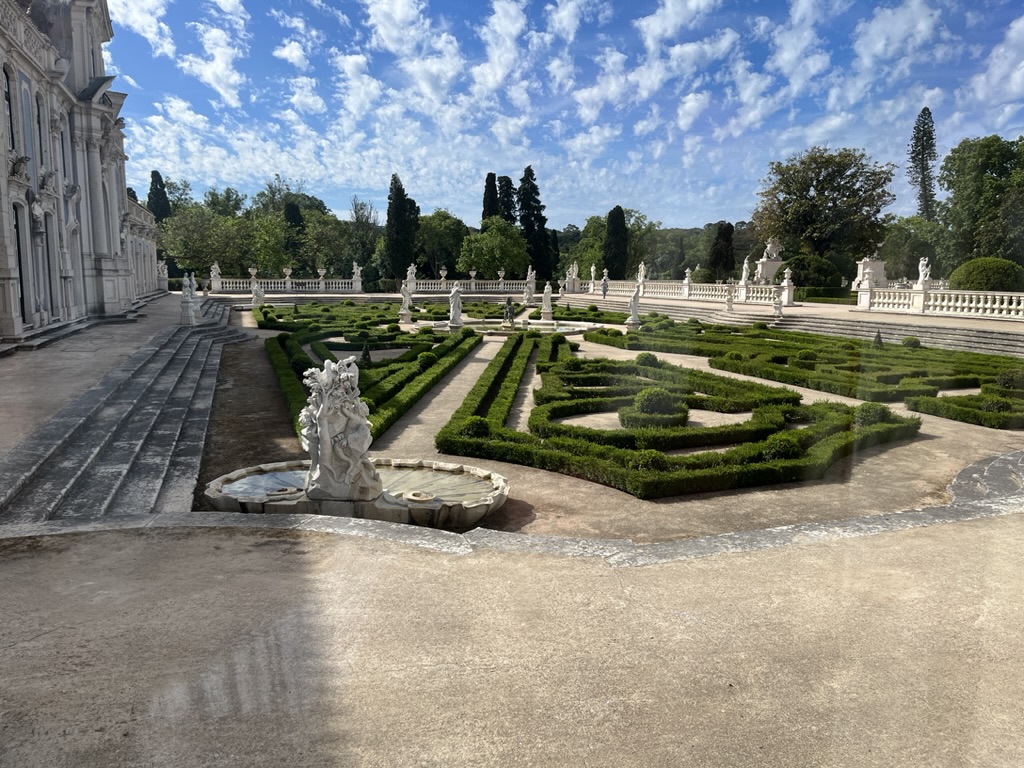
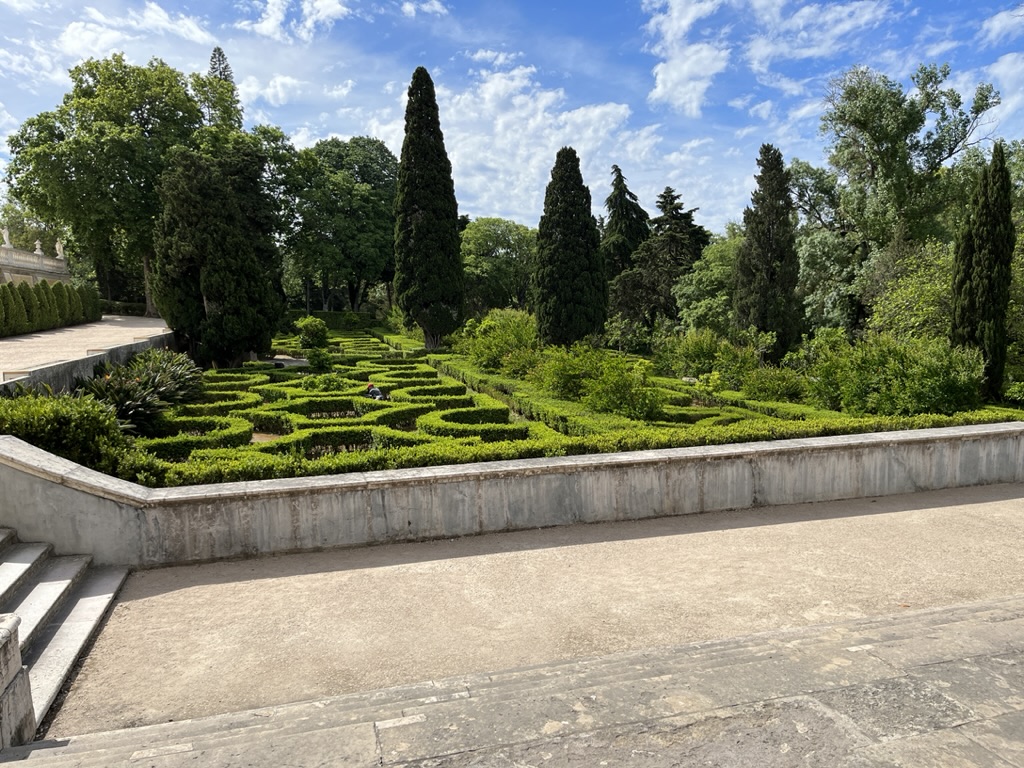
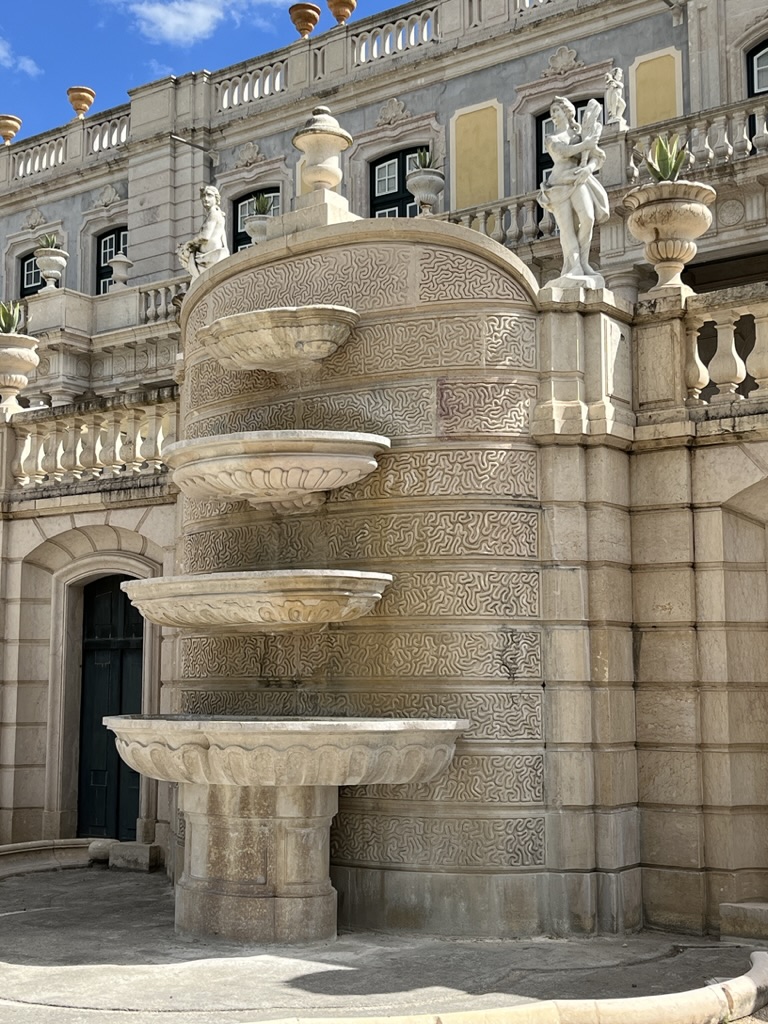
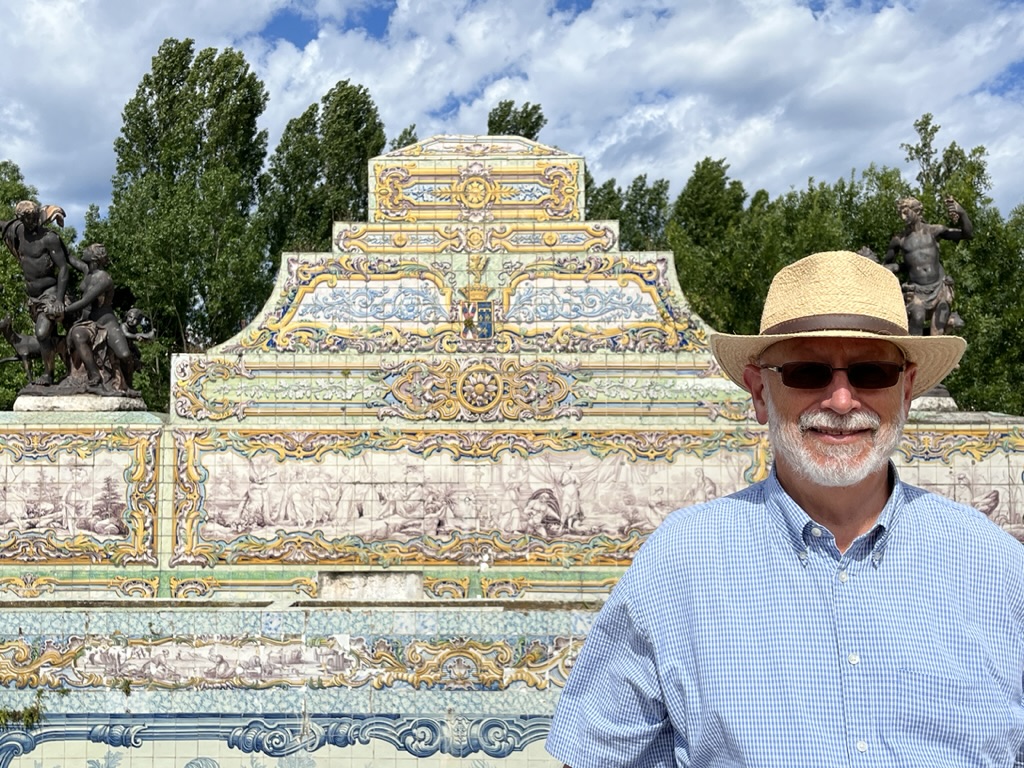
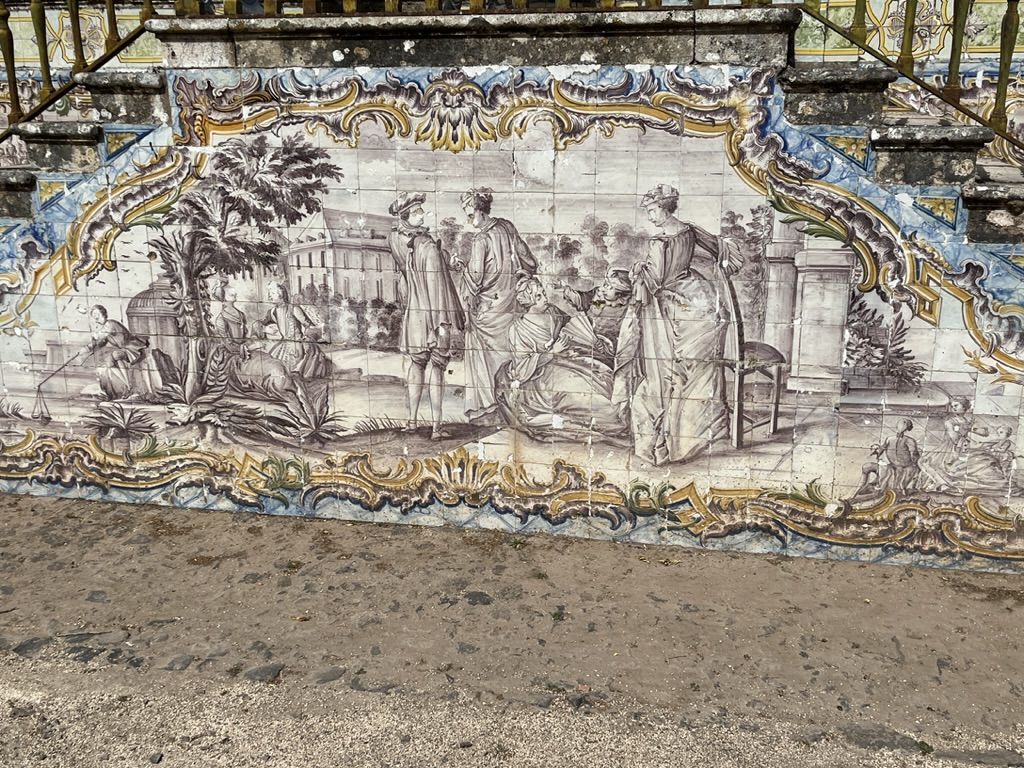
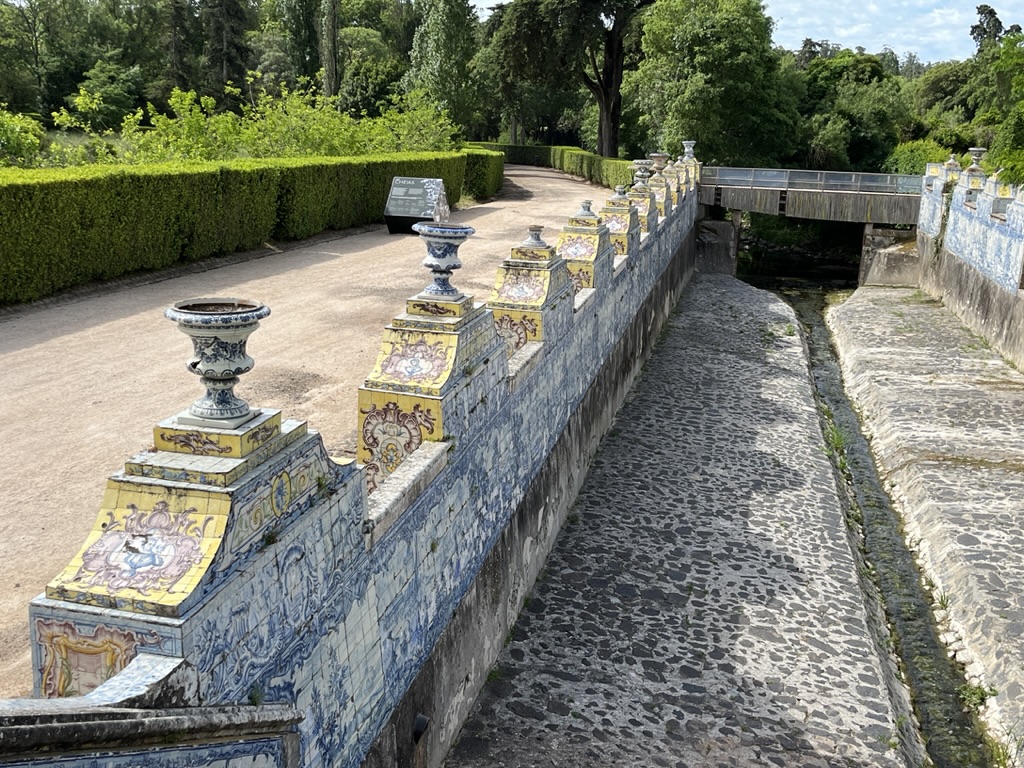
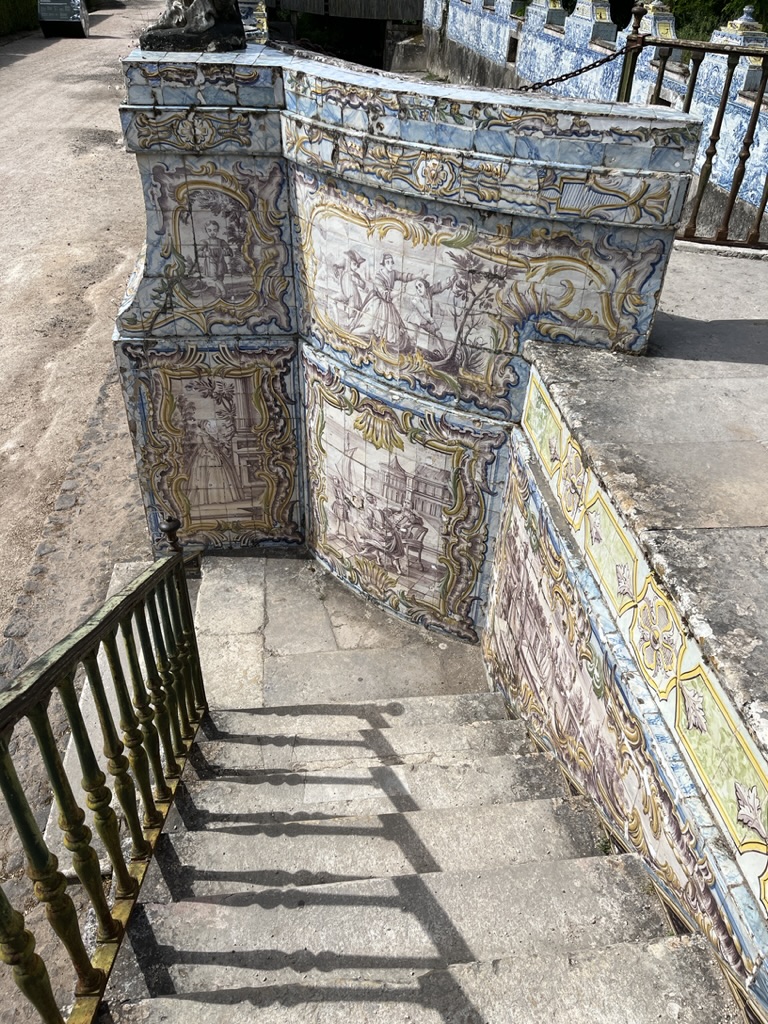
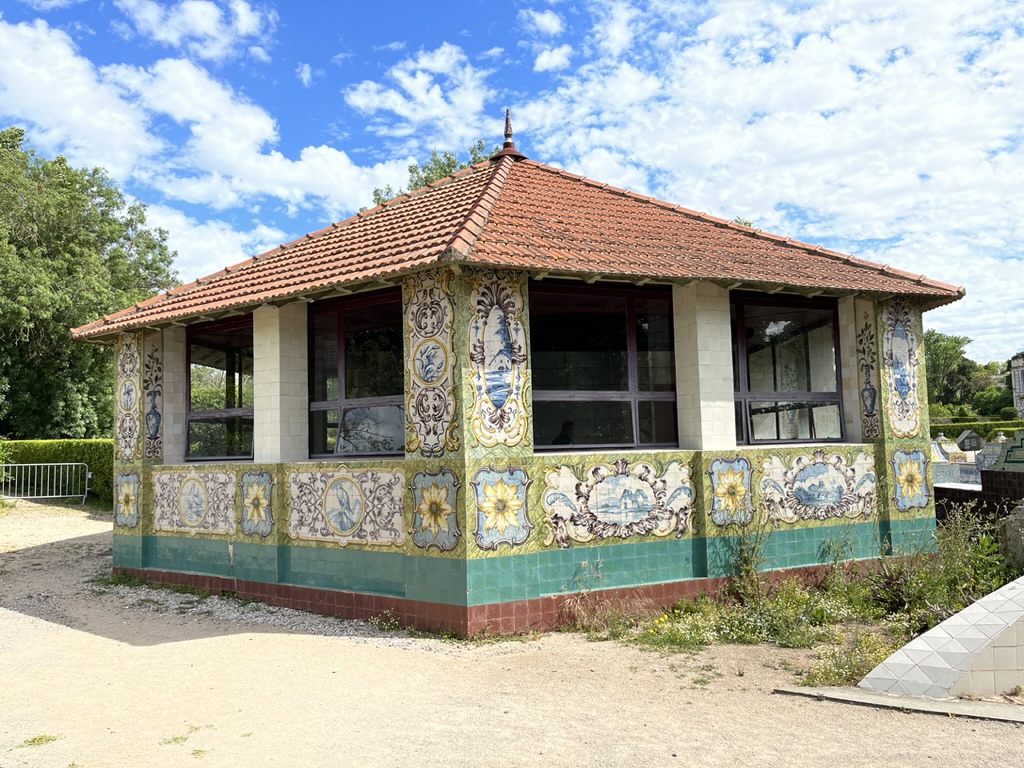
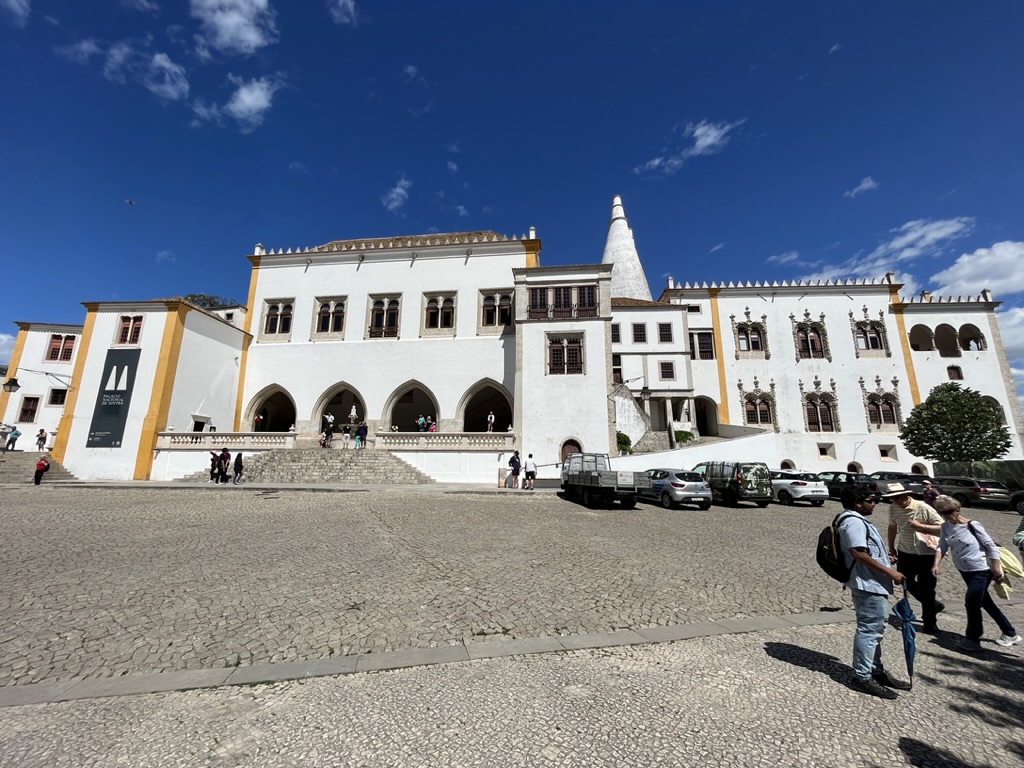
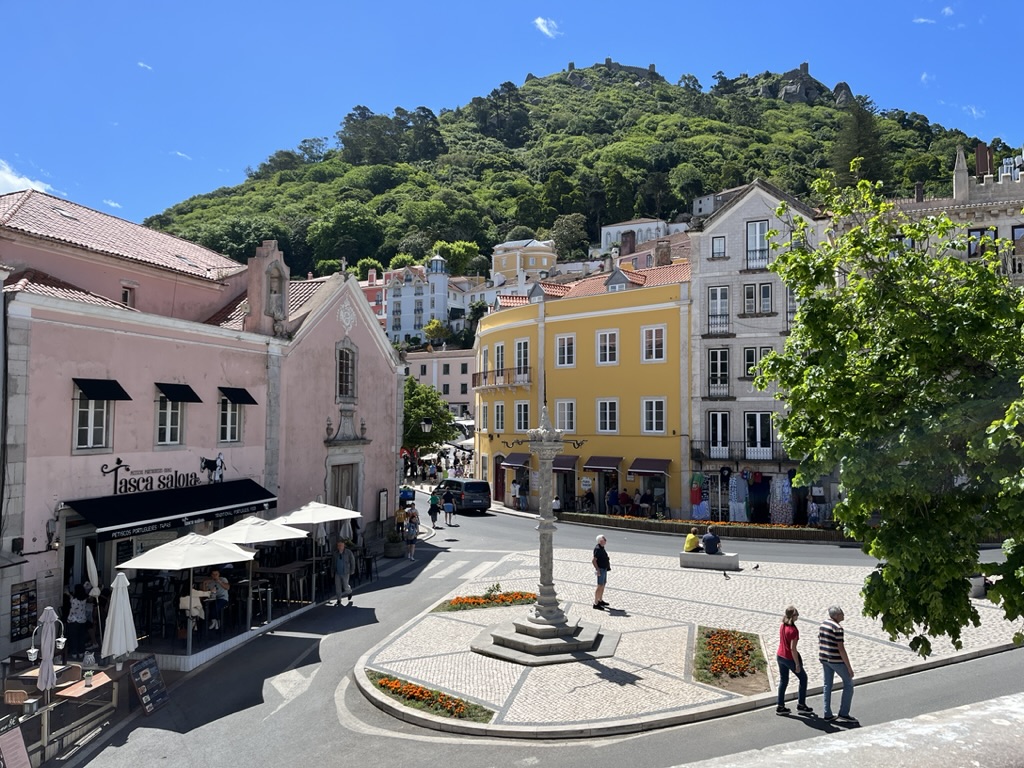
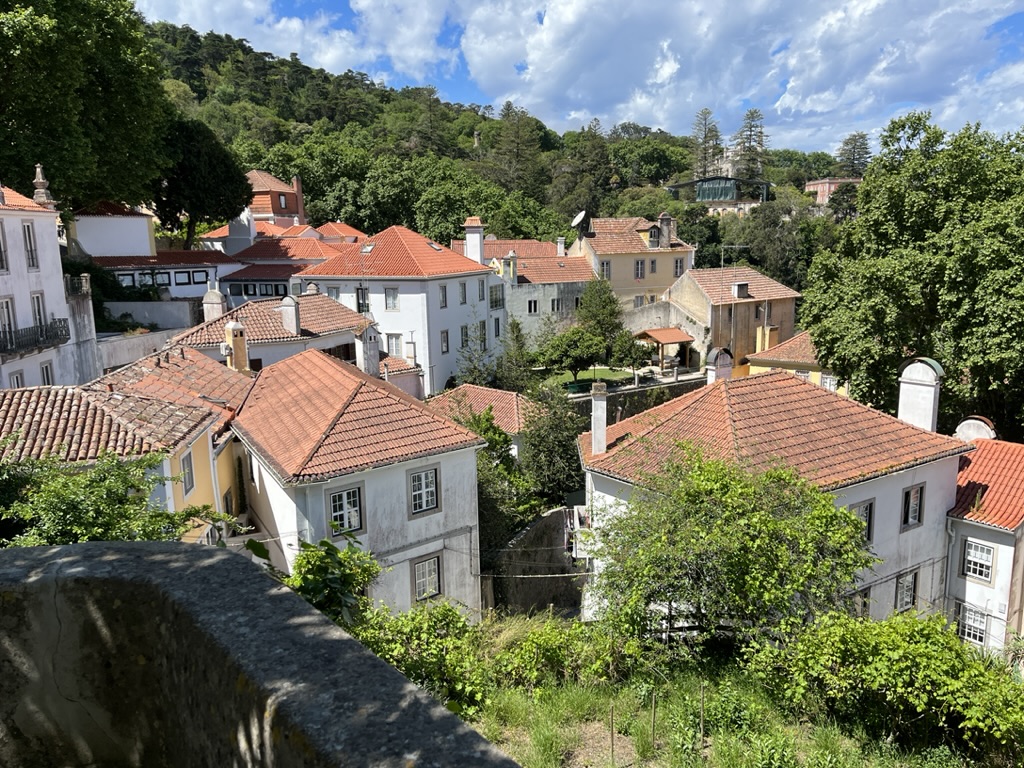
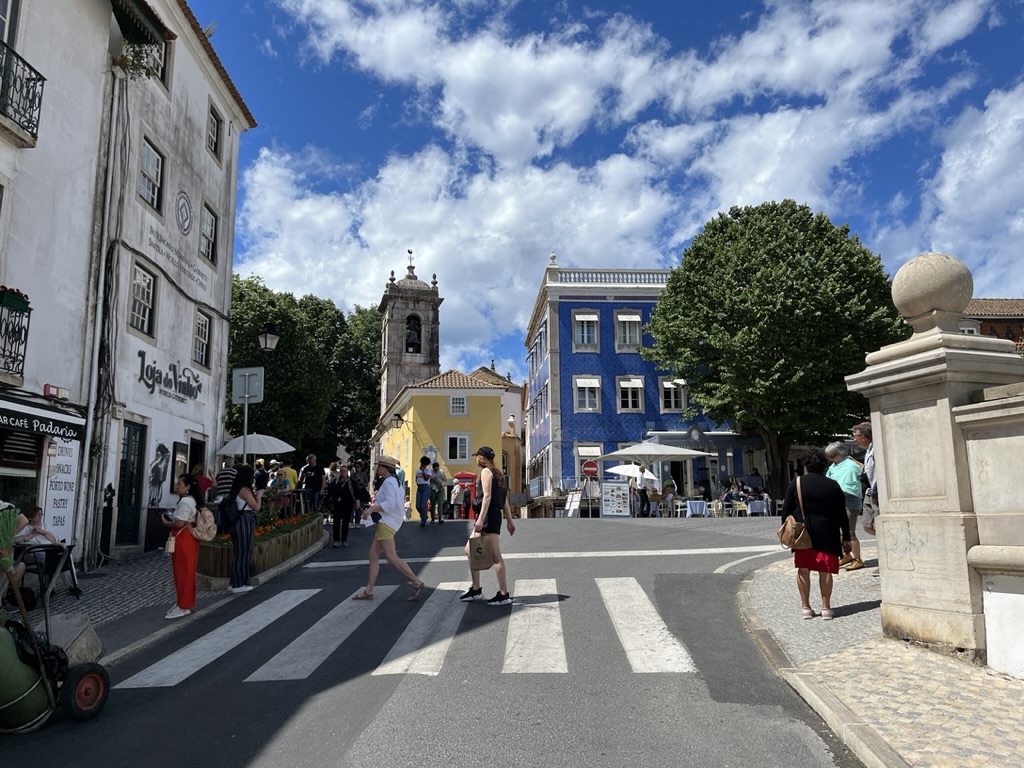
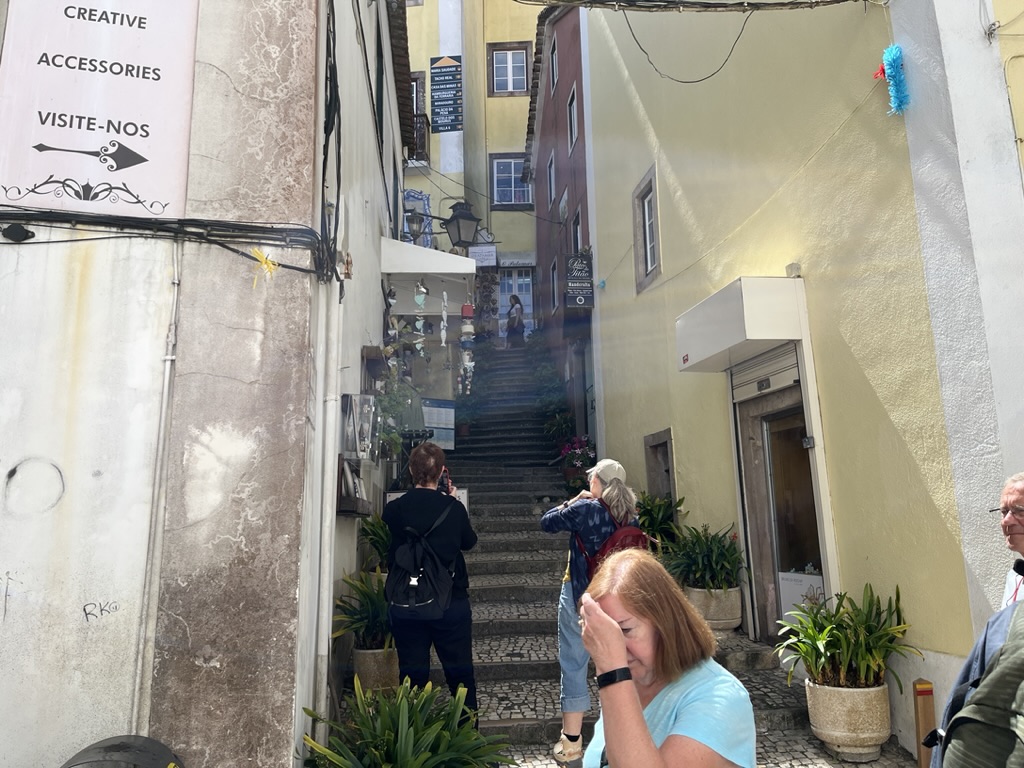
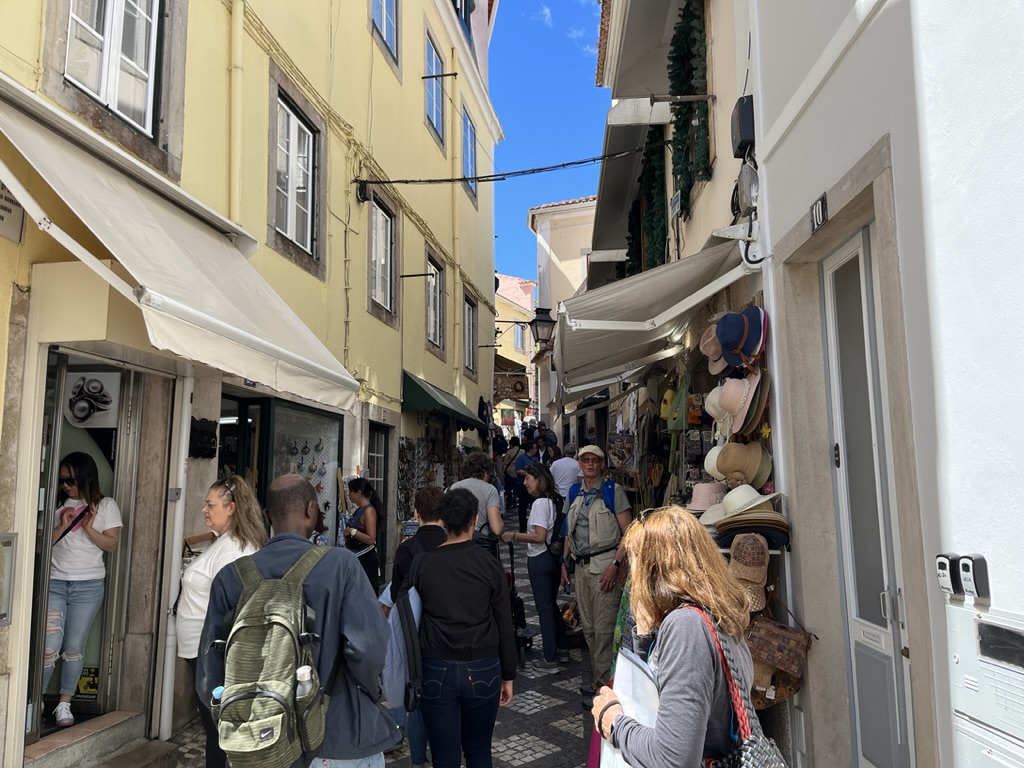
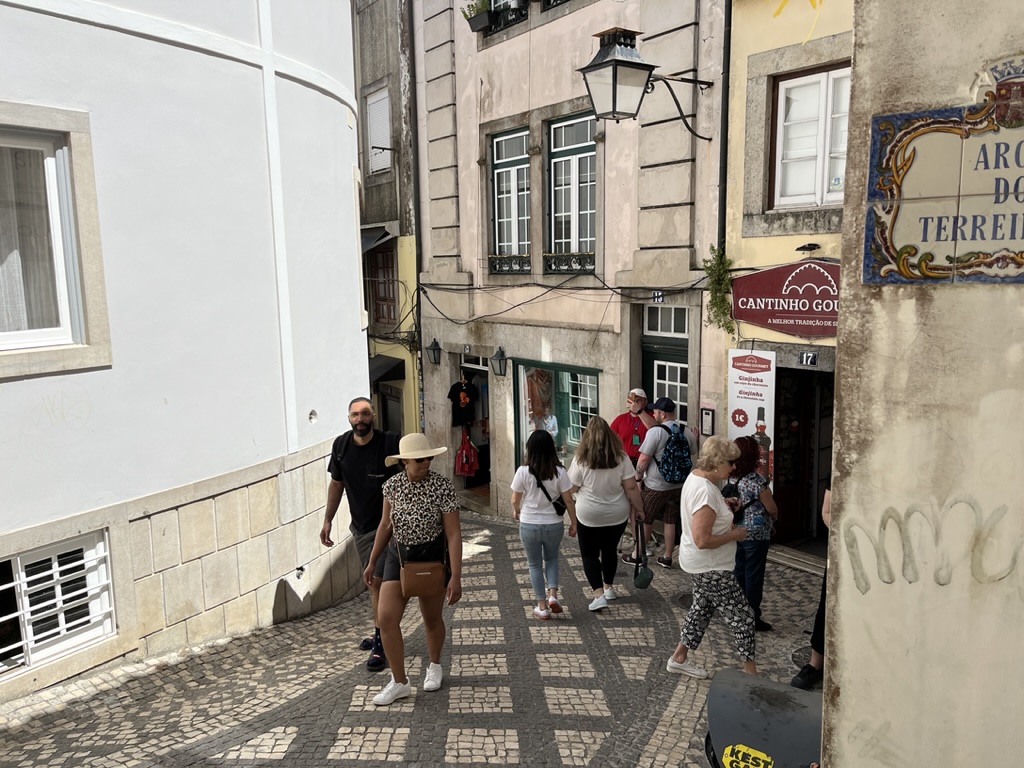
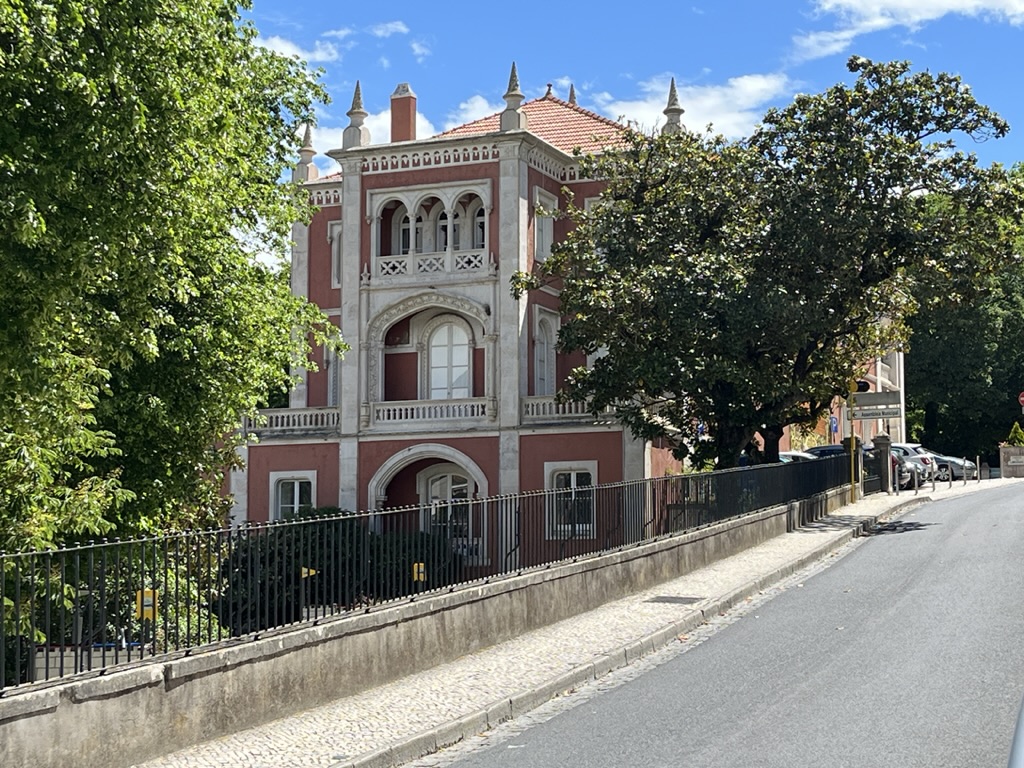
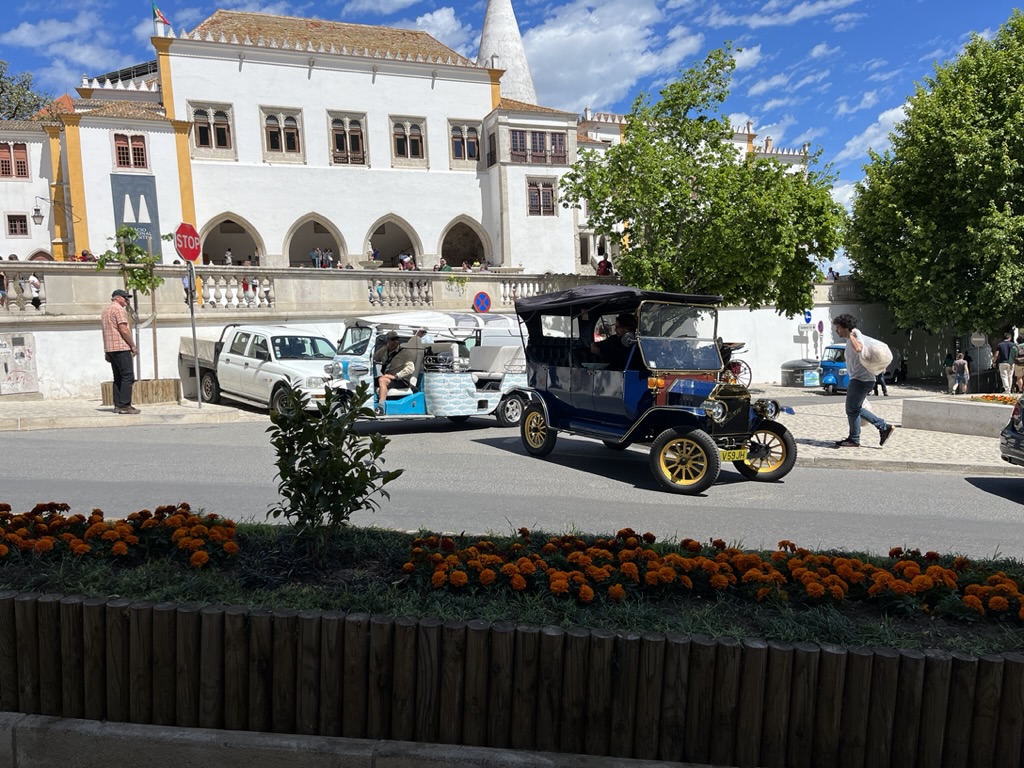
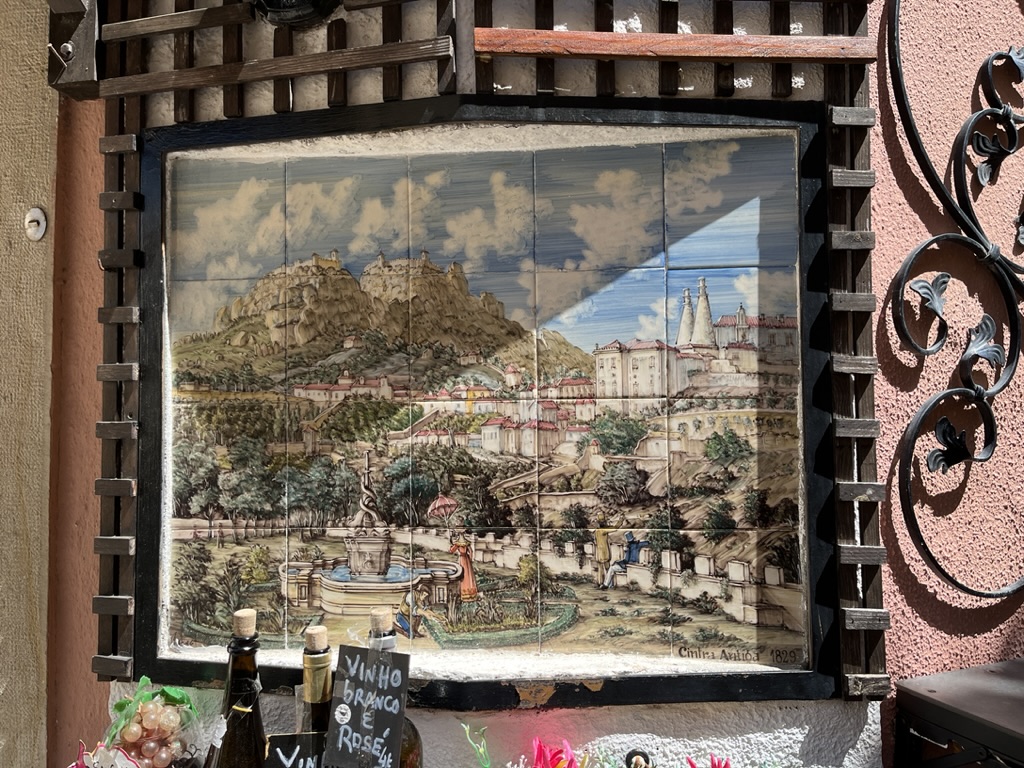
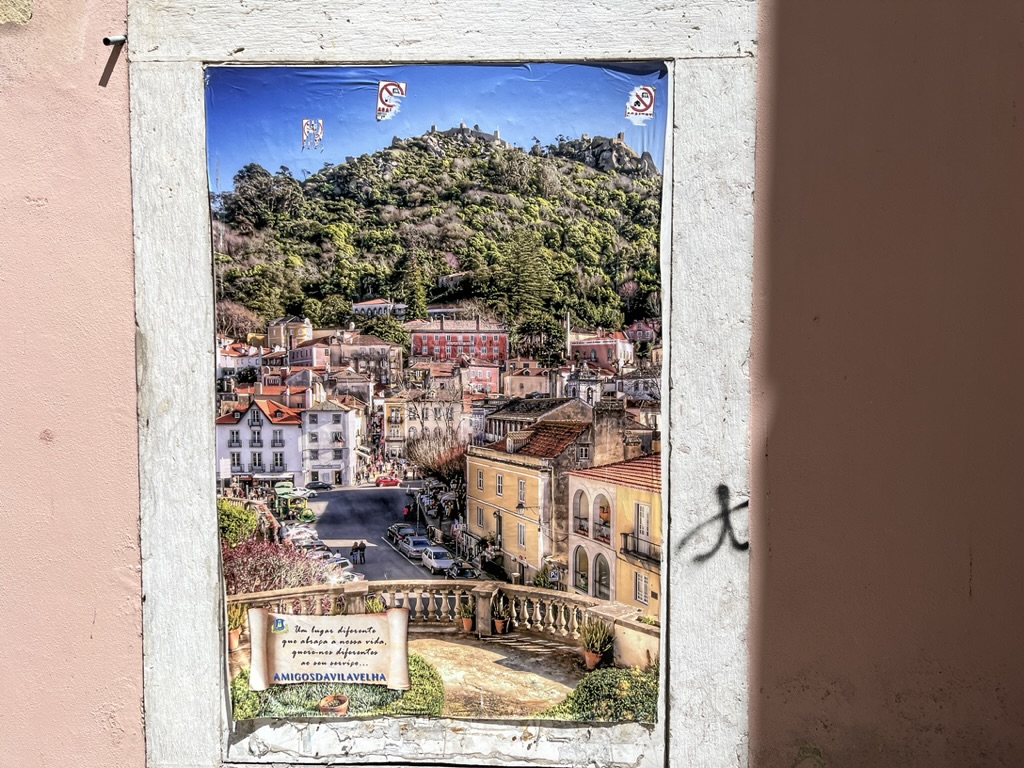
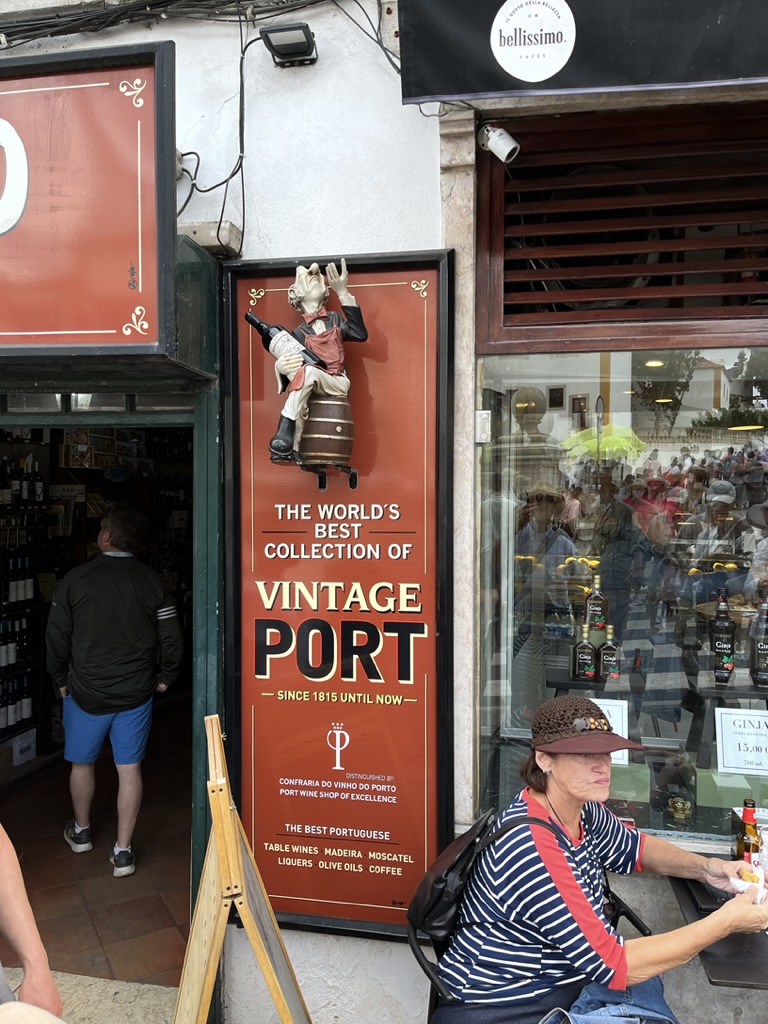
If she isn’t better when it is time to get on the plane, have you considered delaying your travel back to the USA by three days? A hotel? A ton of sleep? Then fly?
I love how the “children’s dressing room art” has paintings of children holding still while being dressed. I imagine it was very much like “HOLD STILL!! LIKE THAT!!”
I was more stunned by Maria’s bedroom color. A little obsessed with red, Maria?